My 8-Day Itinerary In Israel – A Fascinating Land of Contrasts
Few places on this planet stir up as much passion as Israel does. Aside from political allegiances, Israel is a deeply beautiful country with an intricate, often confounding heritage and an abundance of layers to uncover.
Granted, this was a press trip and I only barely scratched the surface of Israel’s complex ramifications. But as expedited as it was, this trip left me wanting more, as Israel is simply not a place you can tick off your bucket list in a matter of a few days.
But we’ve all got to start somewhere, haven’t we?
* A note on territories. I am not an expert in borders nor do I pretend to be; I ask you to be mindful of that before you throw rocks at me. As far as I know, every destination below is, as of publication date, officially part of the state of Israel.
Suggested Israel Itinerary
[col1] [/col1][col2]
[/col1][col2]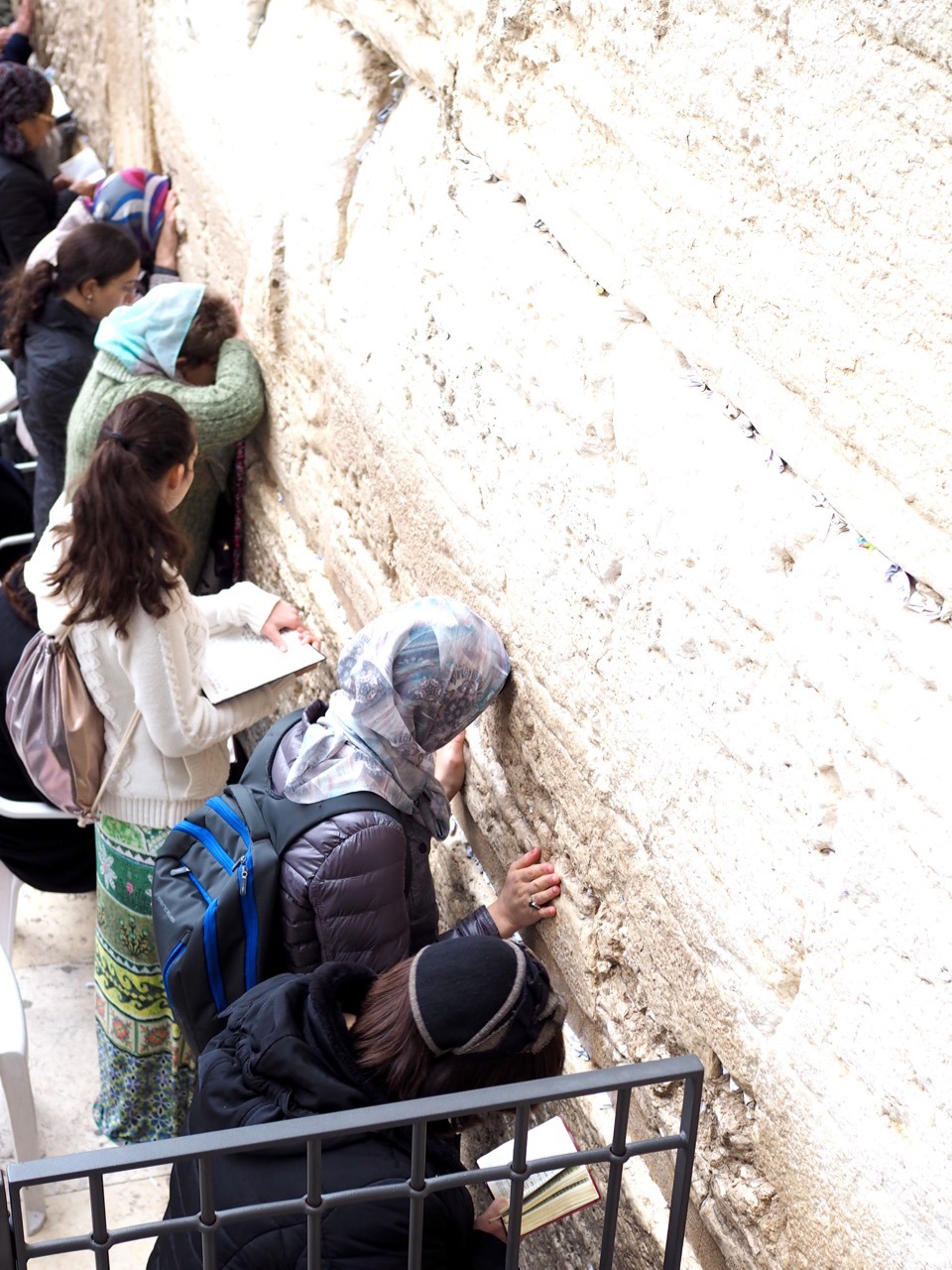 [/col2][col3]
[/col2][col3]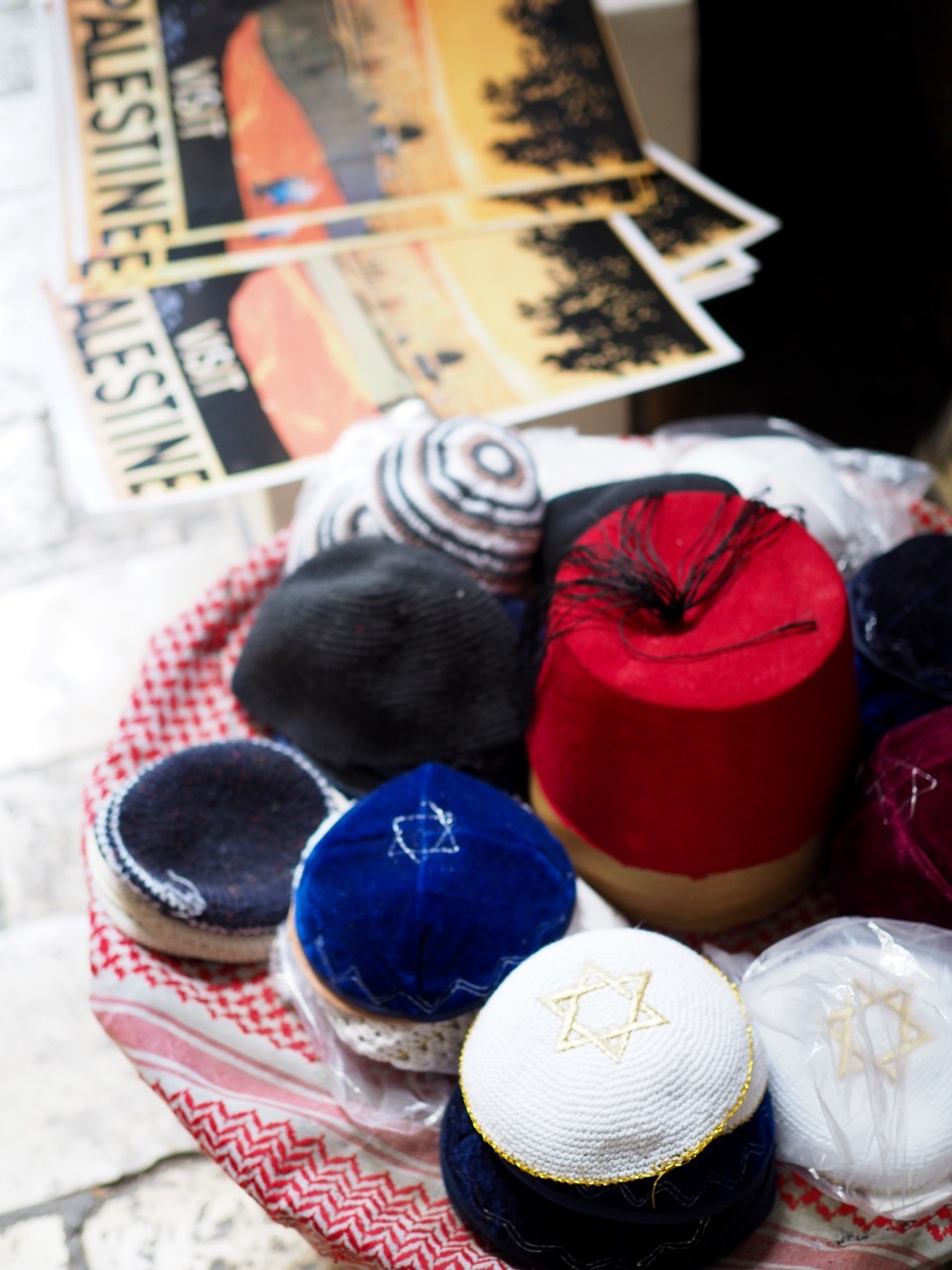 [/col3]
[/col3]
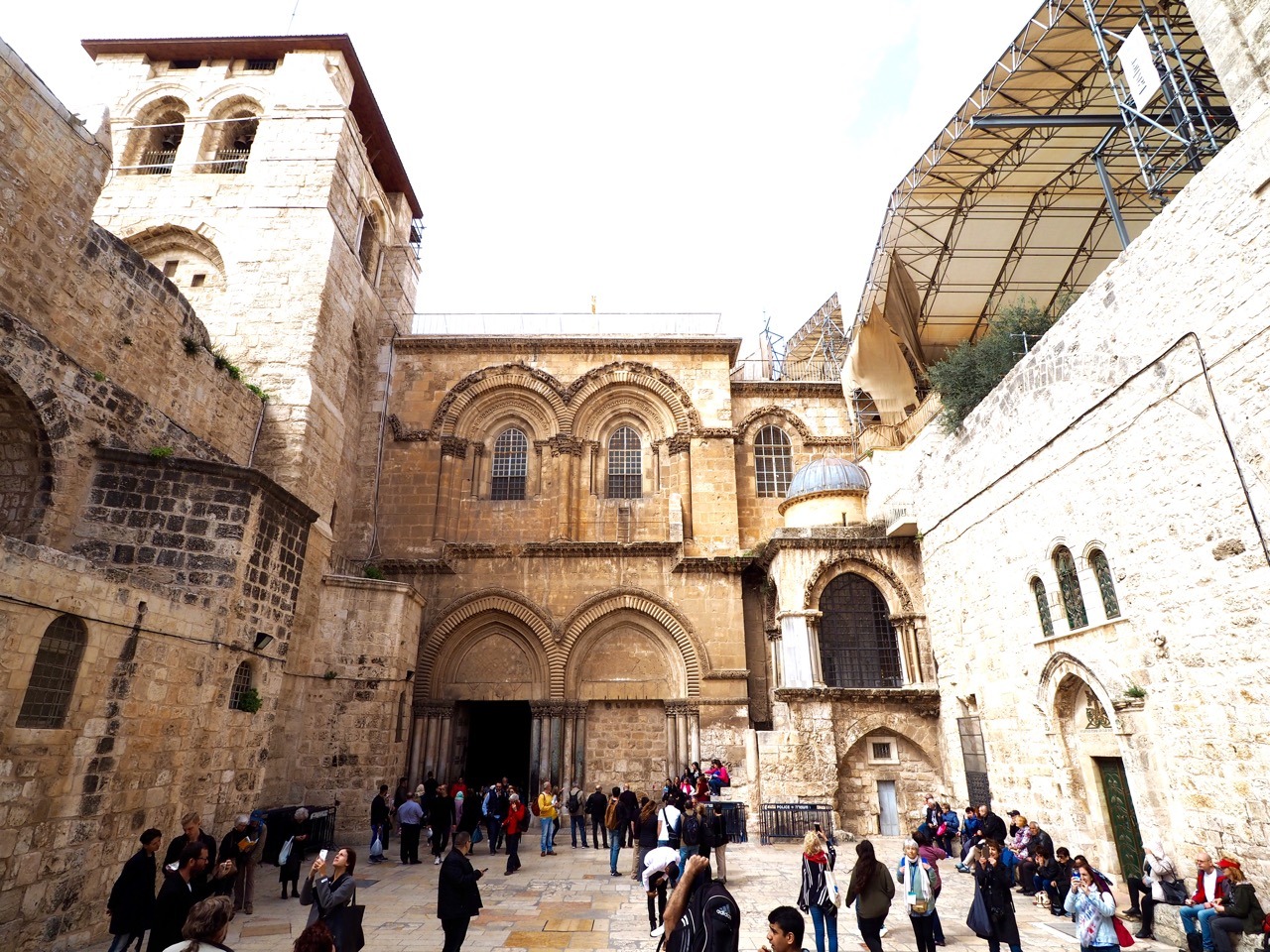
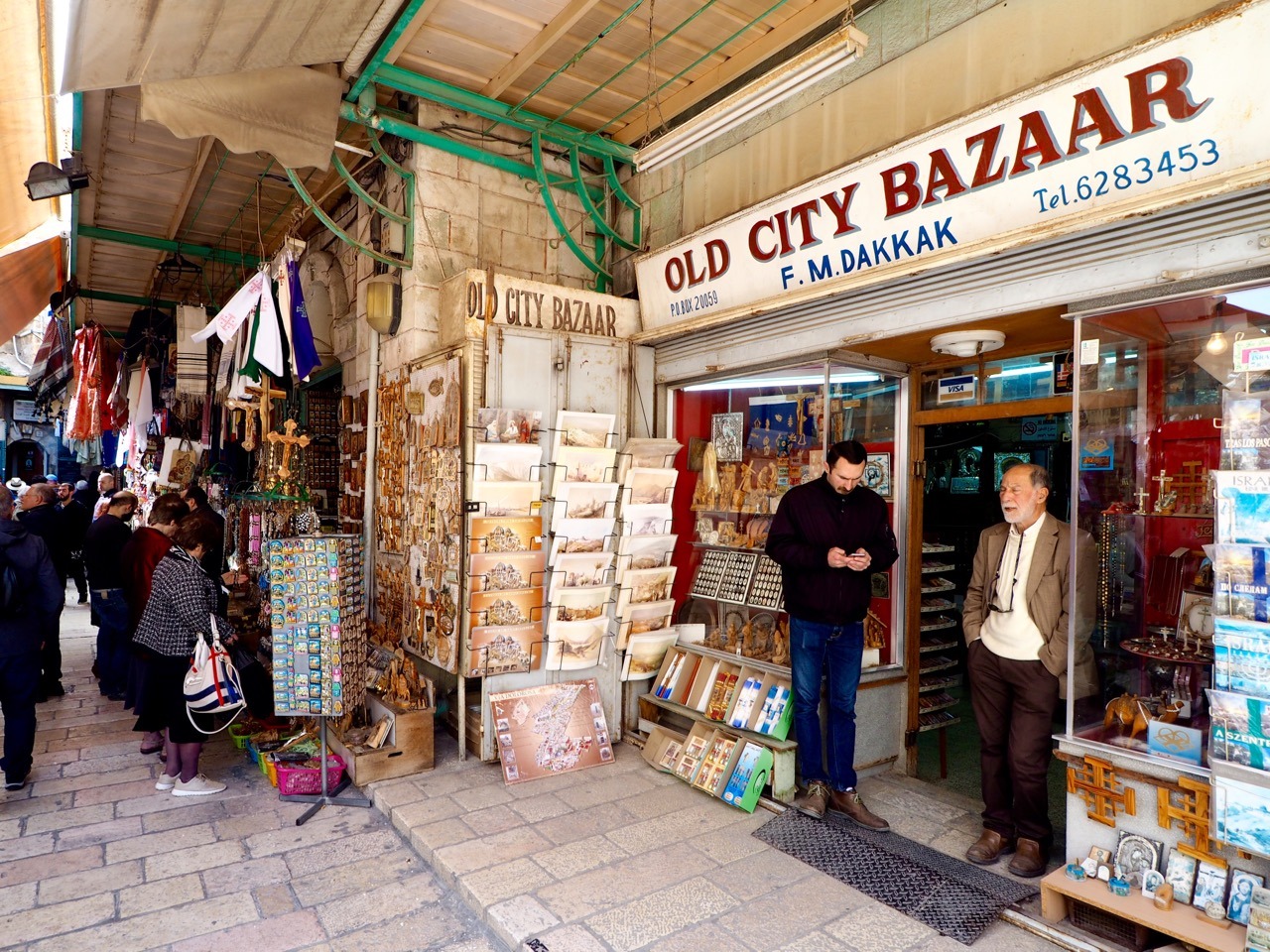
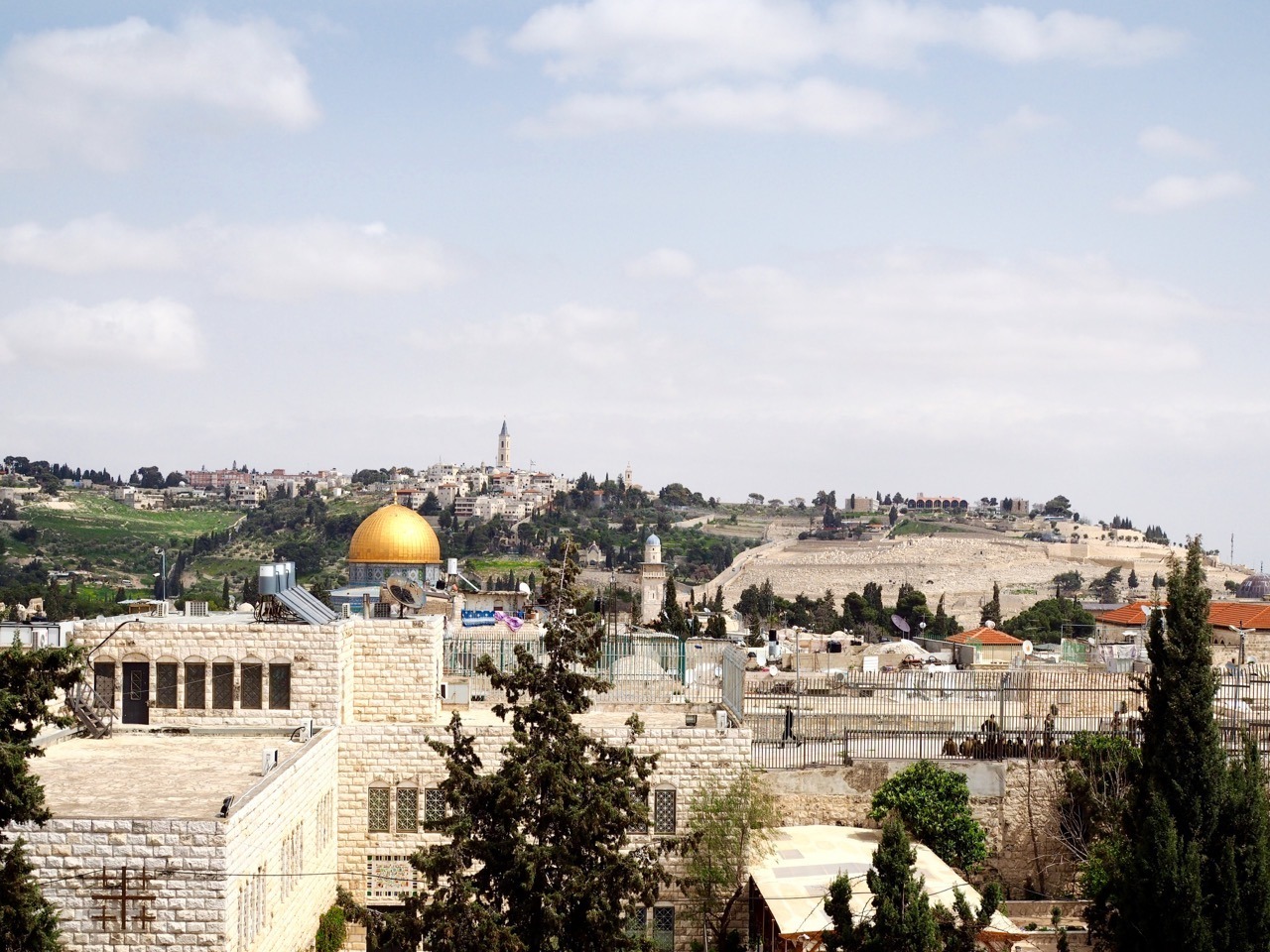 [col1]
[col1]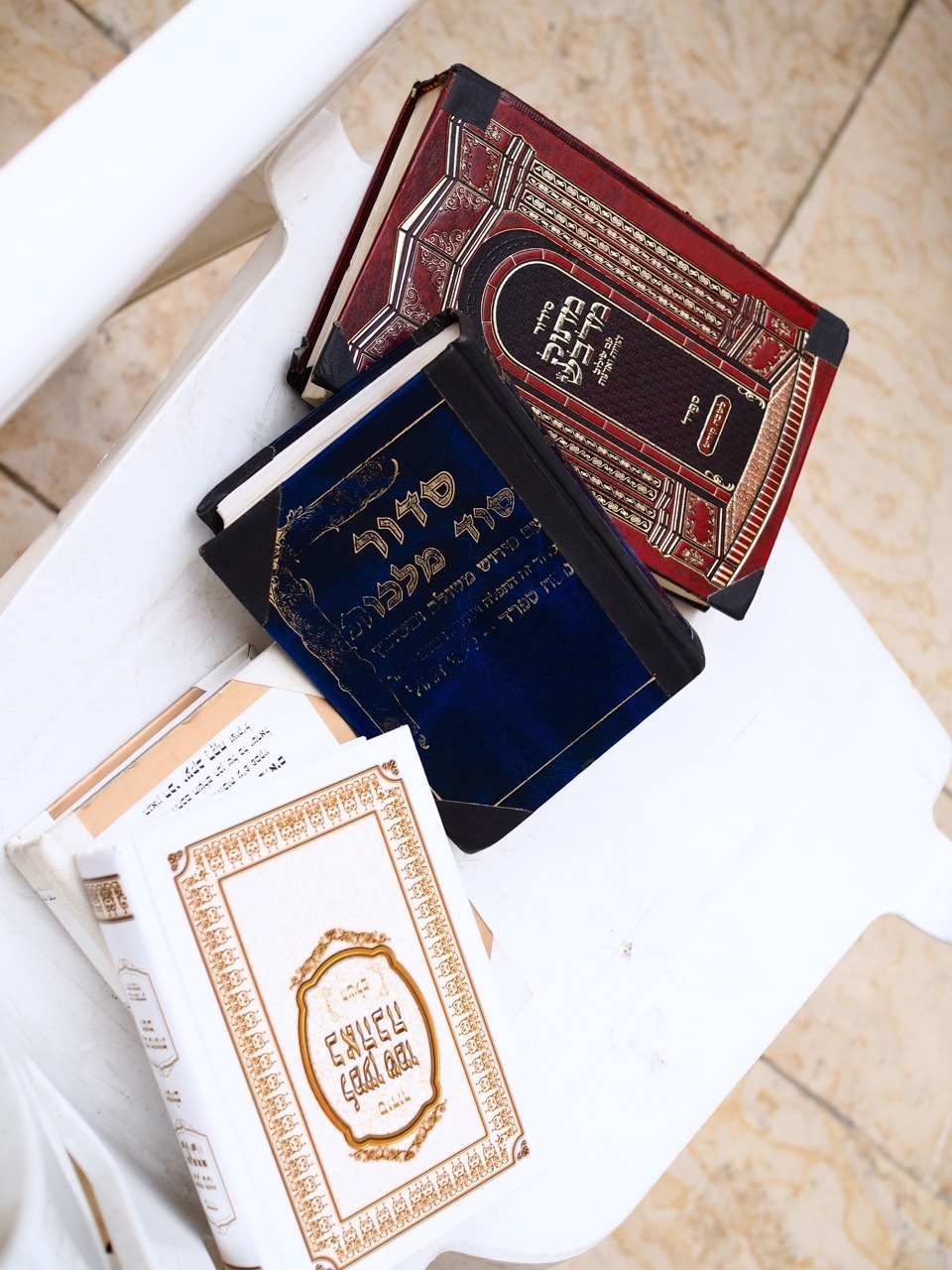 [/col1][col2]
[/col1][col2]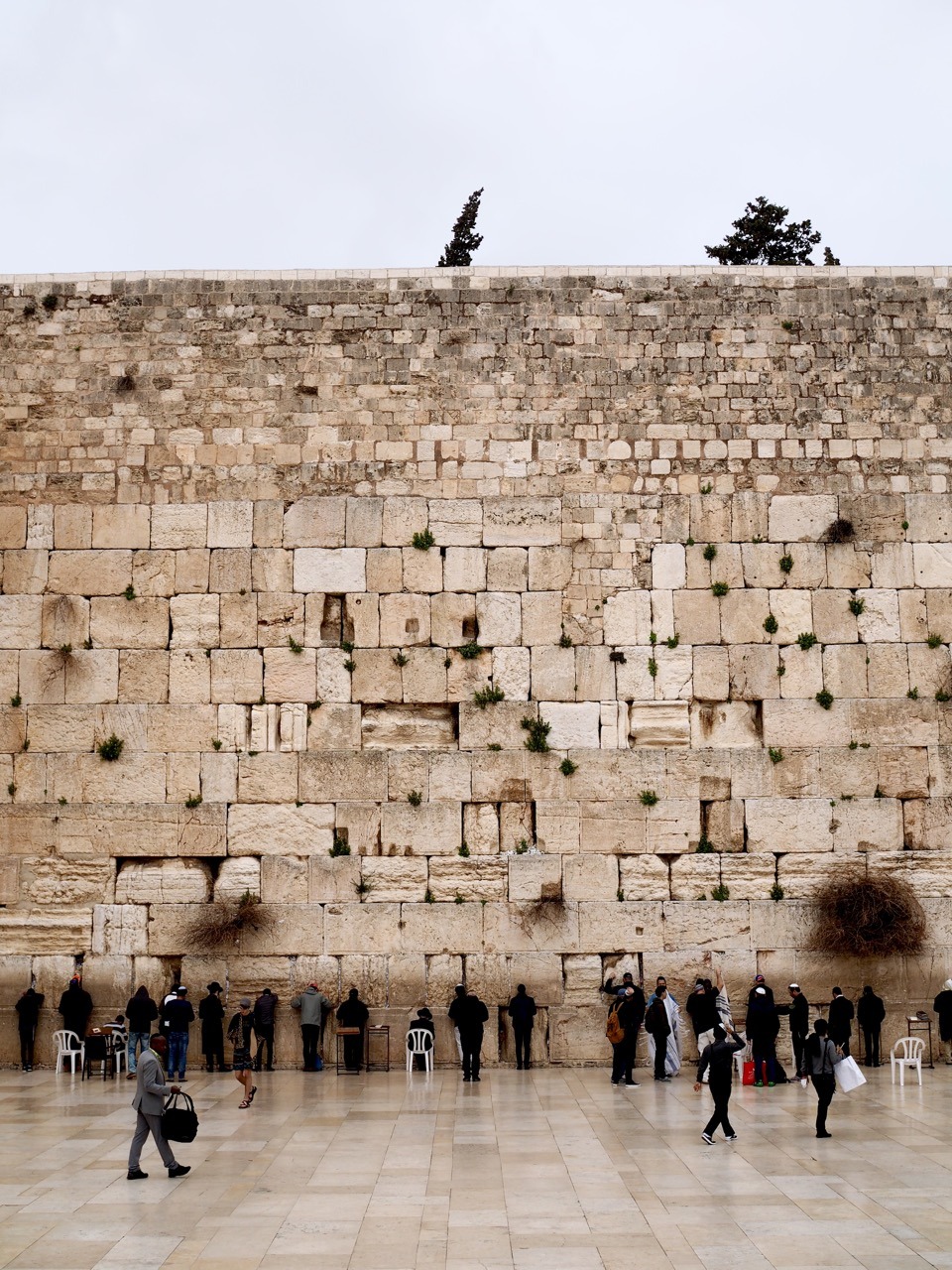 [/col2][col3]
[/col2][col3]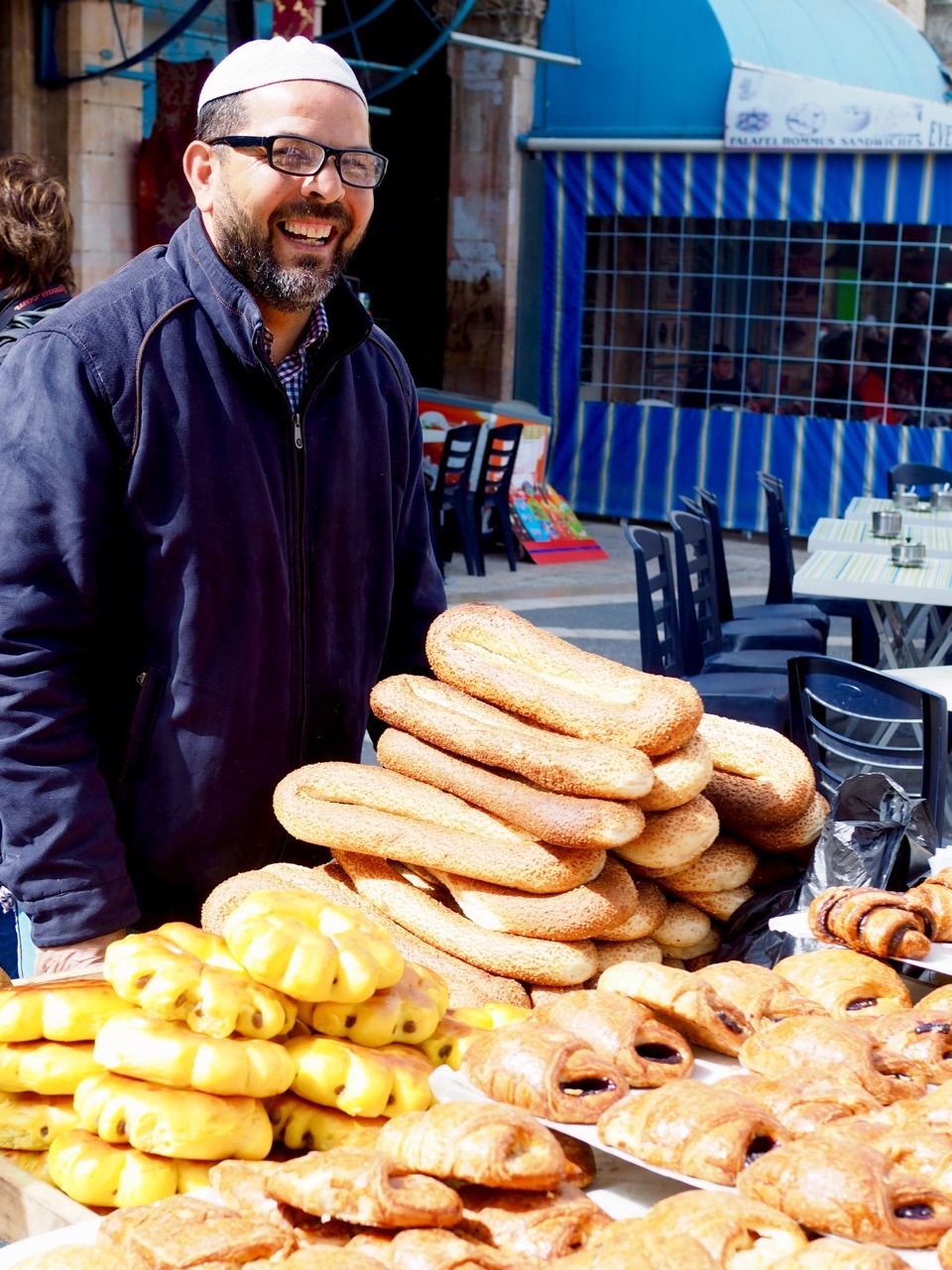 [/col3]
[/col3]
Jerusalem
A thrice saint city, Jerusalem is rich in contrasts and nuances; it ought to be discovered at a leisurely pace in order to take it all in, through the succession of mazes and the overload of information. As the holy land of three major monotheistic religions — did you know, for instance, that a Muslim family holds the keys to the Church of the Holy Sepulchre, one of the most sacred landmarks in Christianity? — Jerusalem holds an invaluable ensemble of relics and experiences, both sensorial and spiritual.
A few mandatory stops: the Western Wall, a guided visit of Mahane Yehuda Market with Dado, Yad Vashem Holocaust Memorial, Mount of Olives, Mount Sion, the light and sound show over at Tower of David, walking through the souks, Dome of the Rock, and of course, a traditional Israeli lunch while taking in the view of Jerusalem from Panoramic Golden City‘s rooftop terrace.
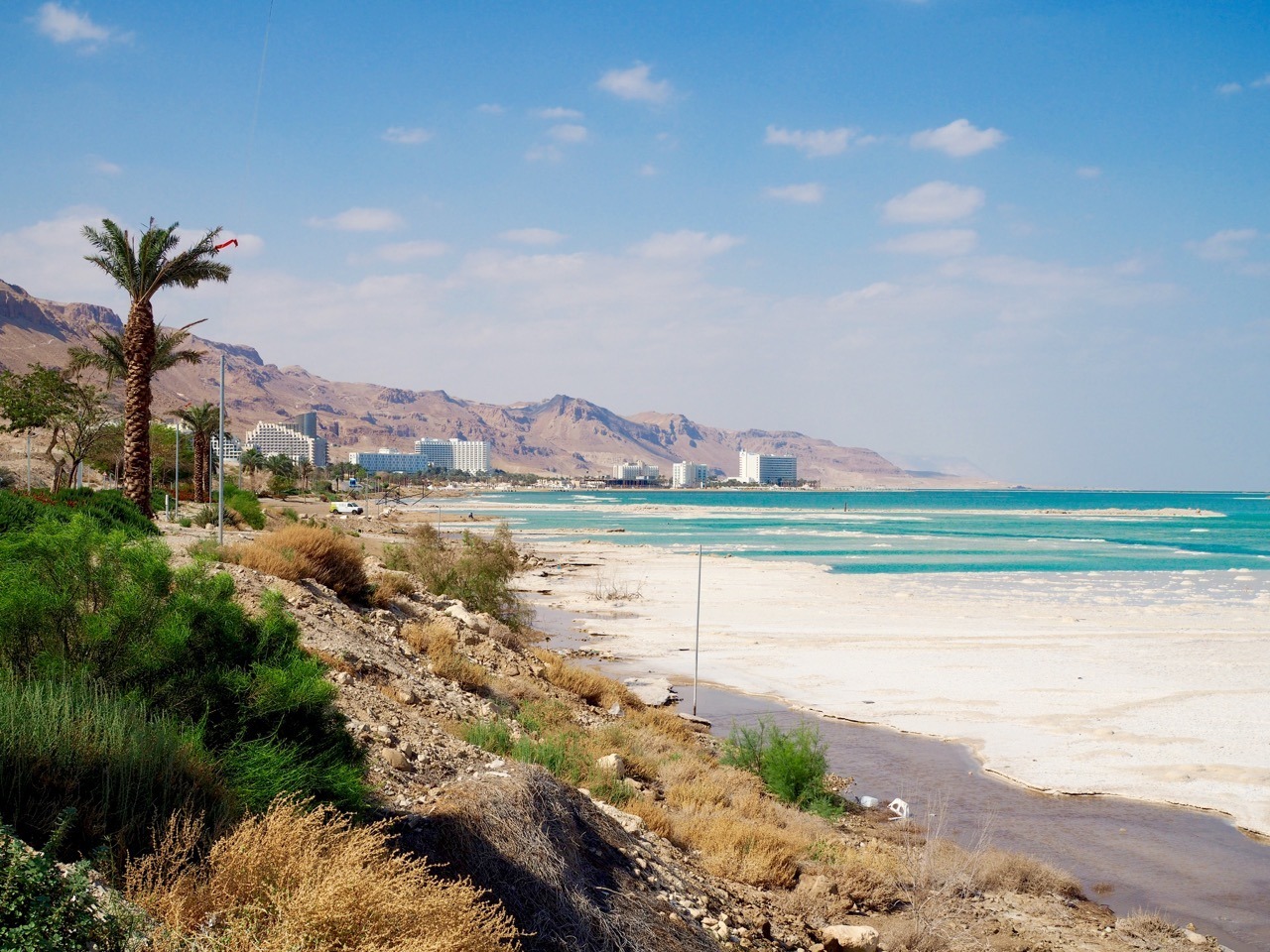 [col1]
[col1]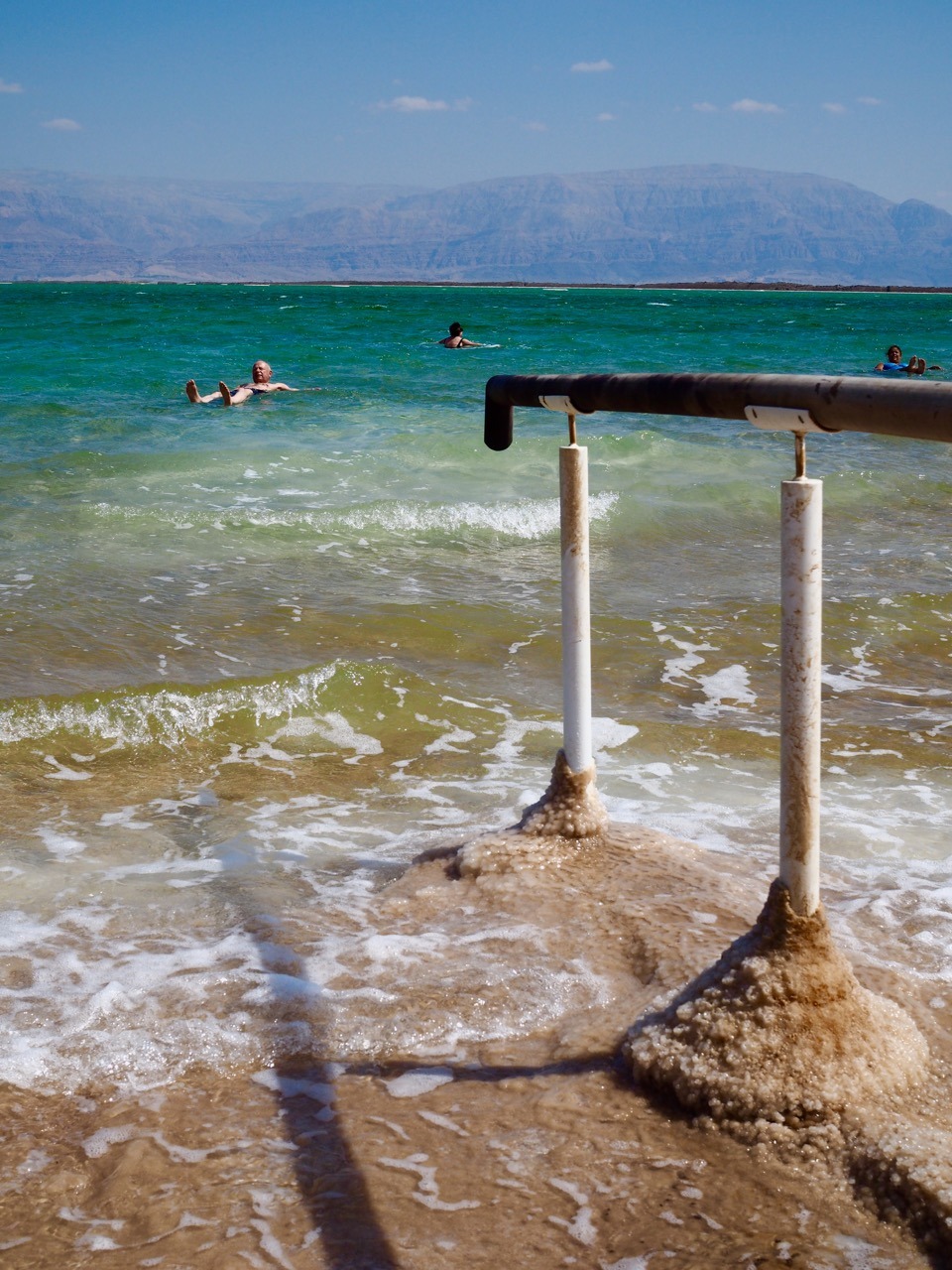 [/col1][col2]
[/col1][col2]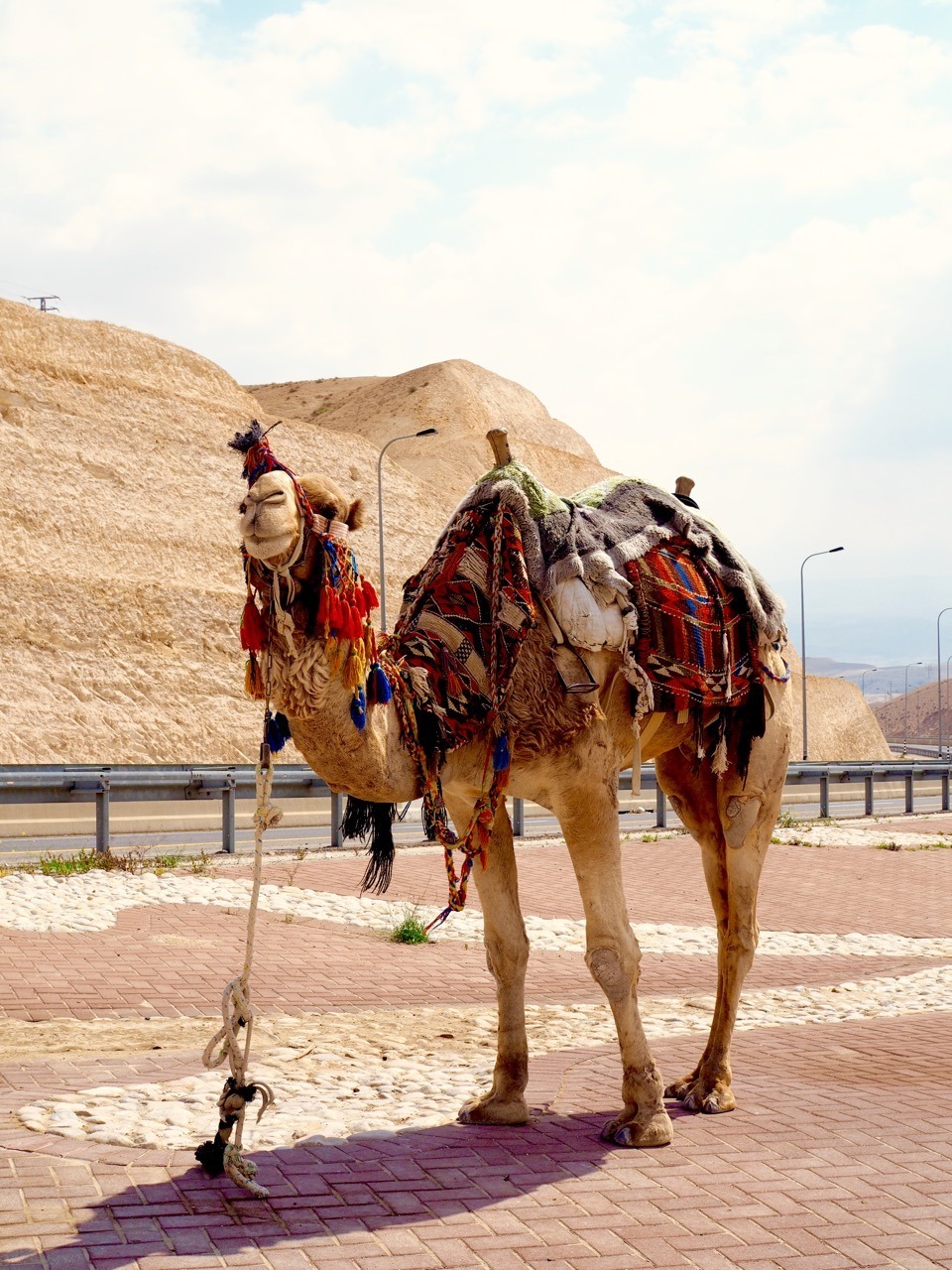 [/col2][col3]
[/col2][col3] [/col3]
[/col3]
Dead Sea
It would be unthinkable to make it all the way to Israel and skip a floating dip in the Dead Sea! Located a whopping 429 metres below sea level, this salted lake (not technically a sea) is, in fact, the lowest place on the planet. High concentration of salts and minerals make the Dead Sea’s water highly medicinal, with proven properties for the nervous and glandular systems.
It should be noted that I visited the Dead Sea in March and the seabed was very dry, meaning there barely was any mud and that the salt banks were almost dangerously sharp; so much so that I had a few superficial cuts on my feet. I only went in to take a few photos and promptly left. It was totally worth the collateral damage, though.
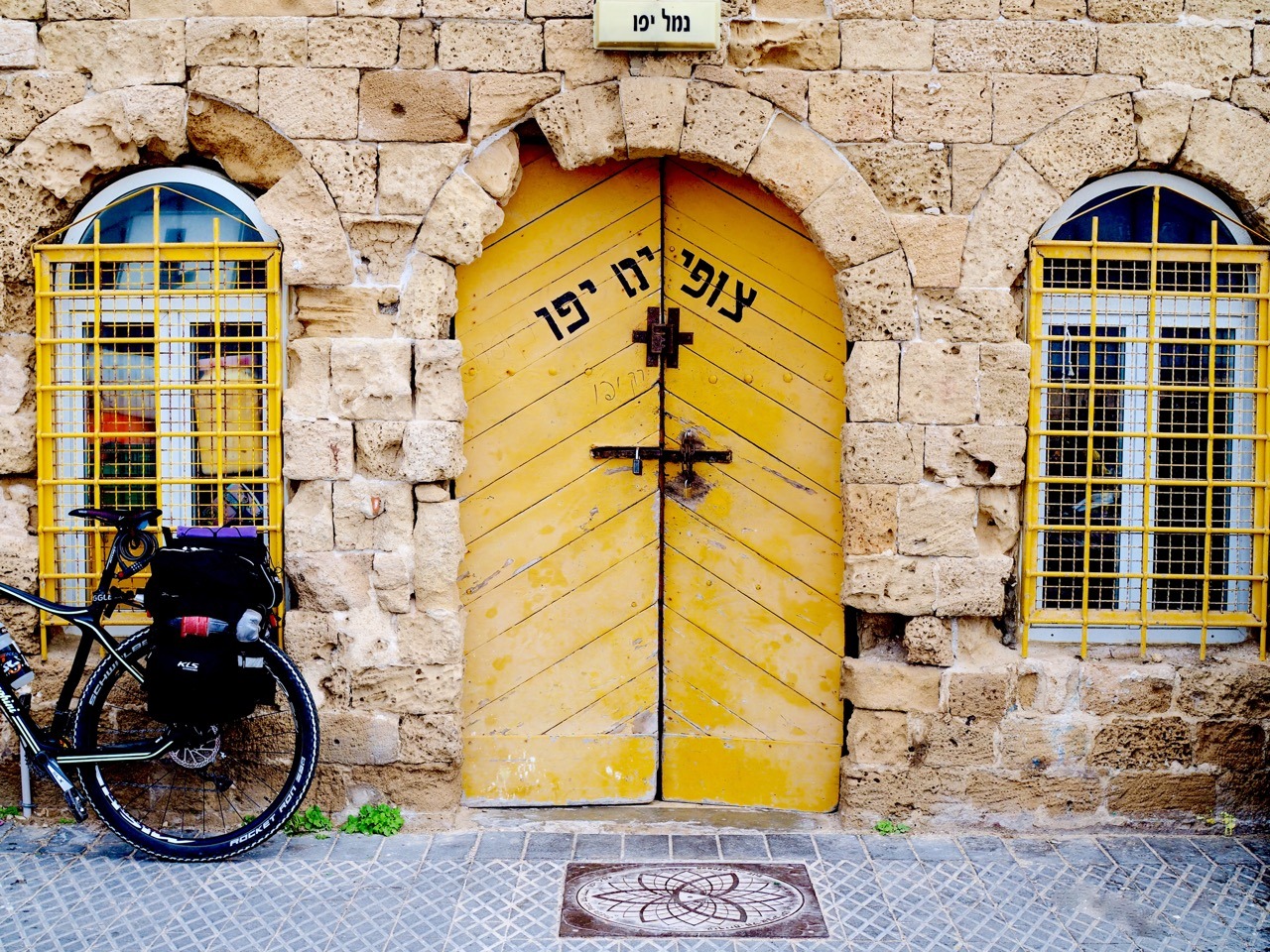 [left]
[left]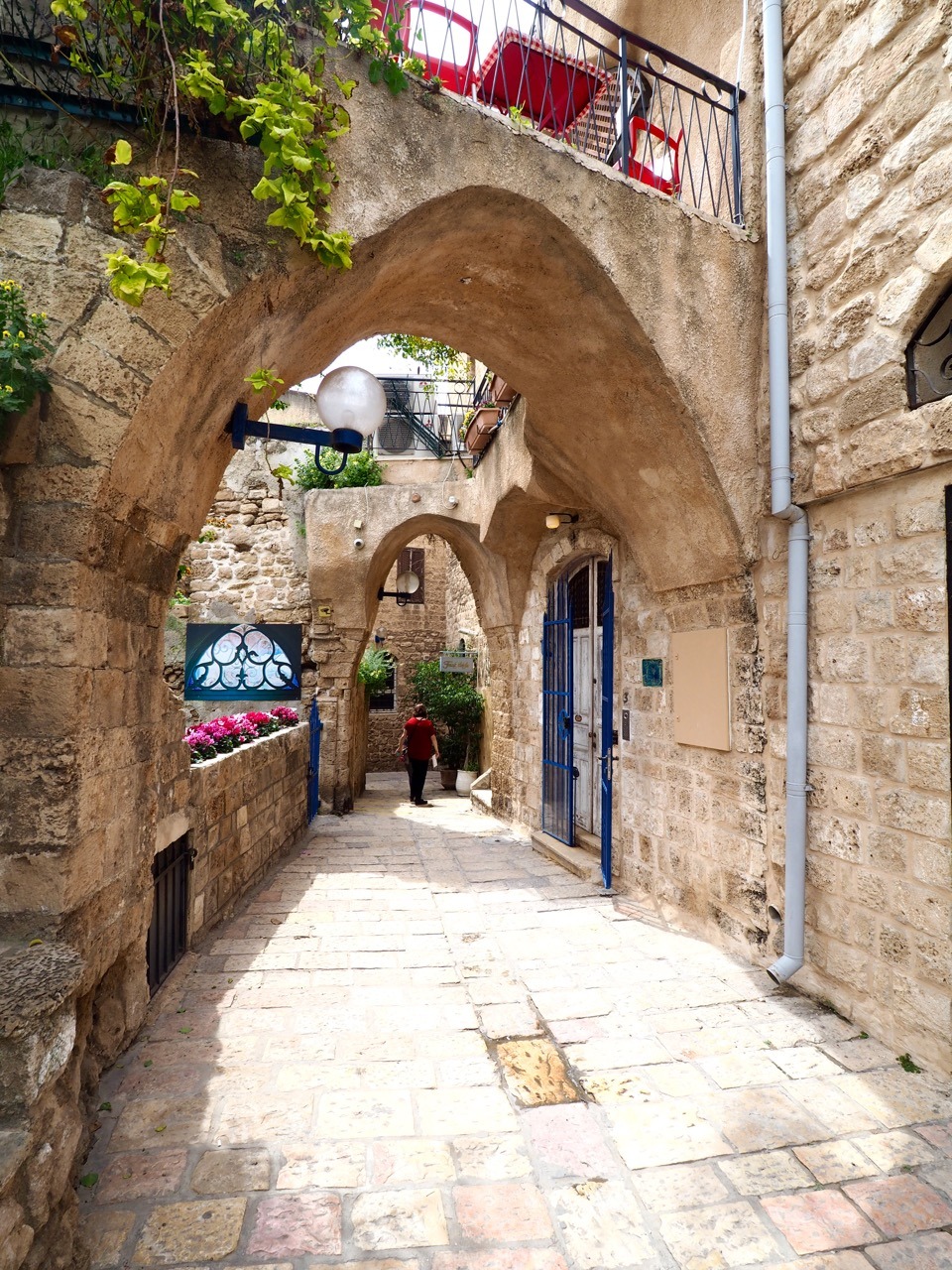 [/left][right]
[/left][right]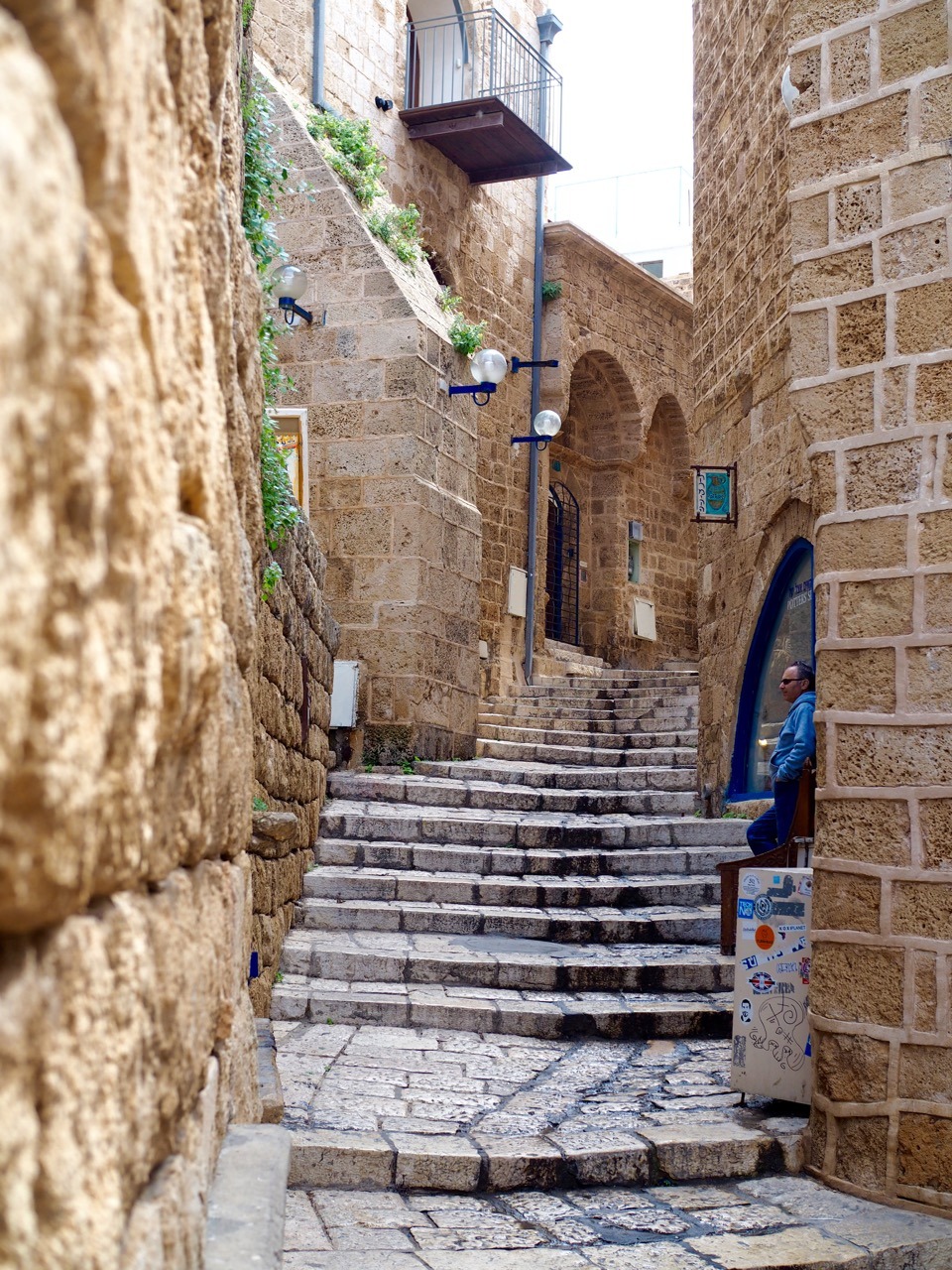 [/right]
[/right] 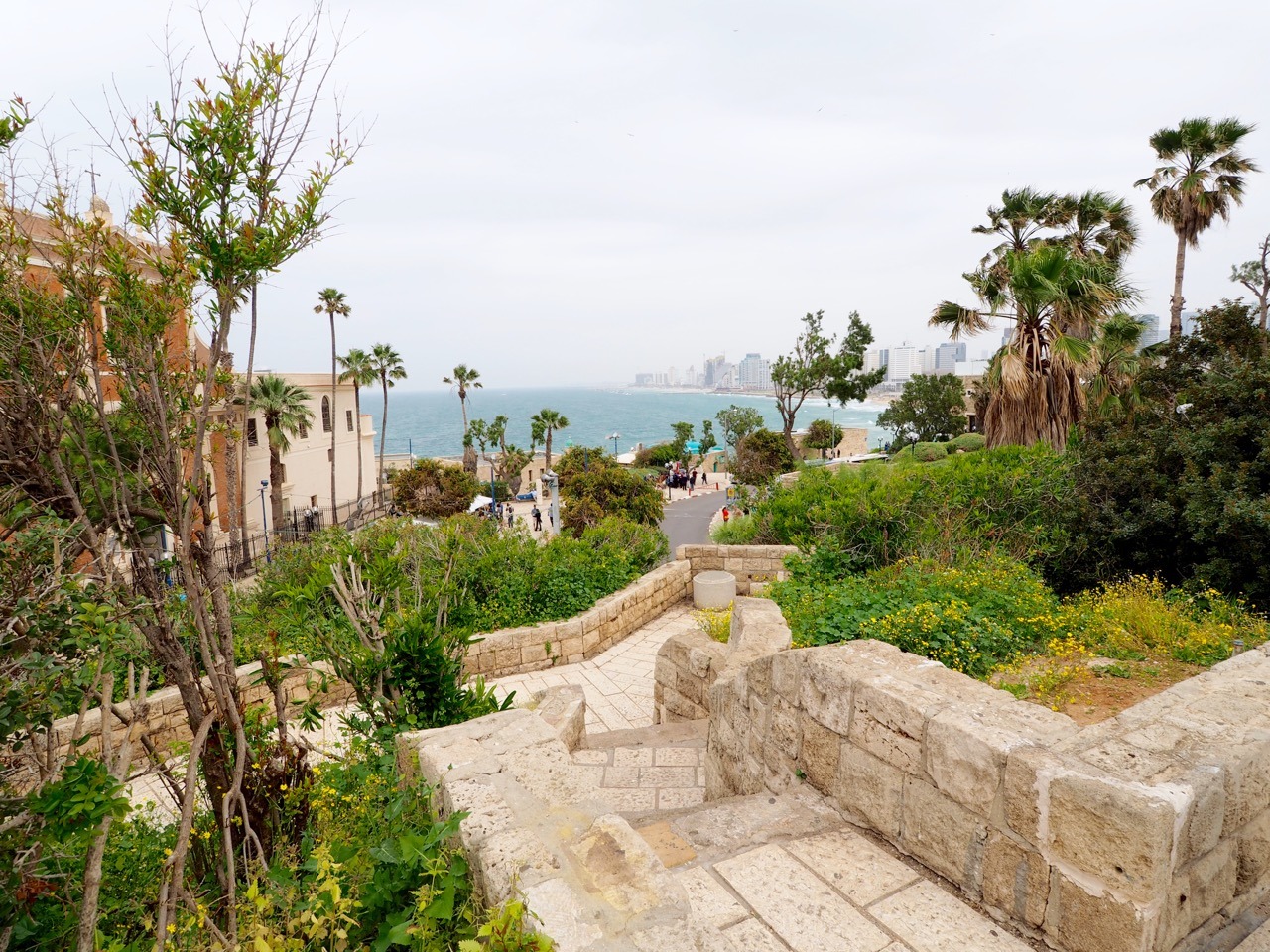
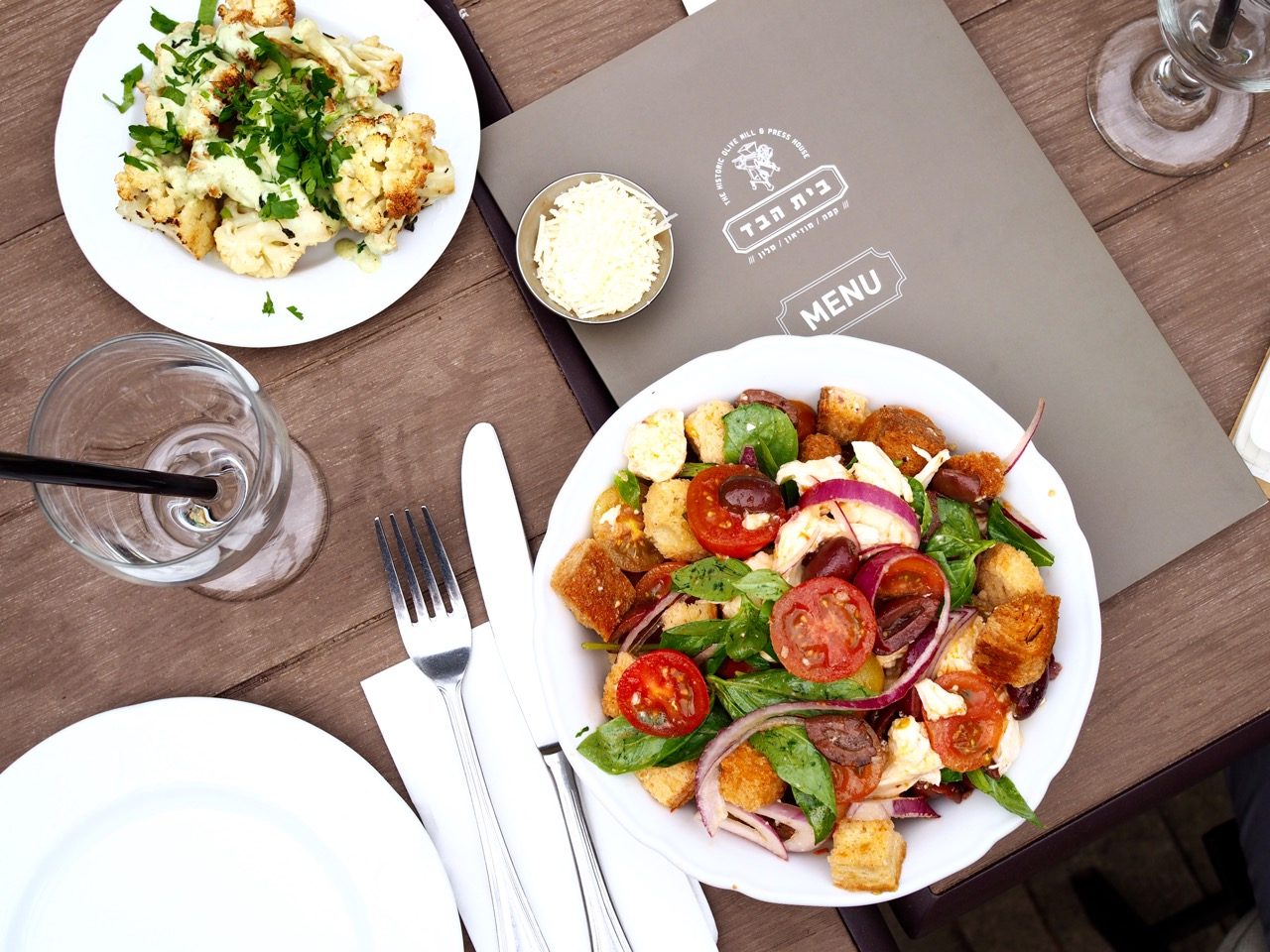
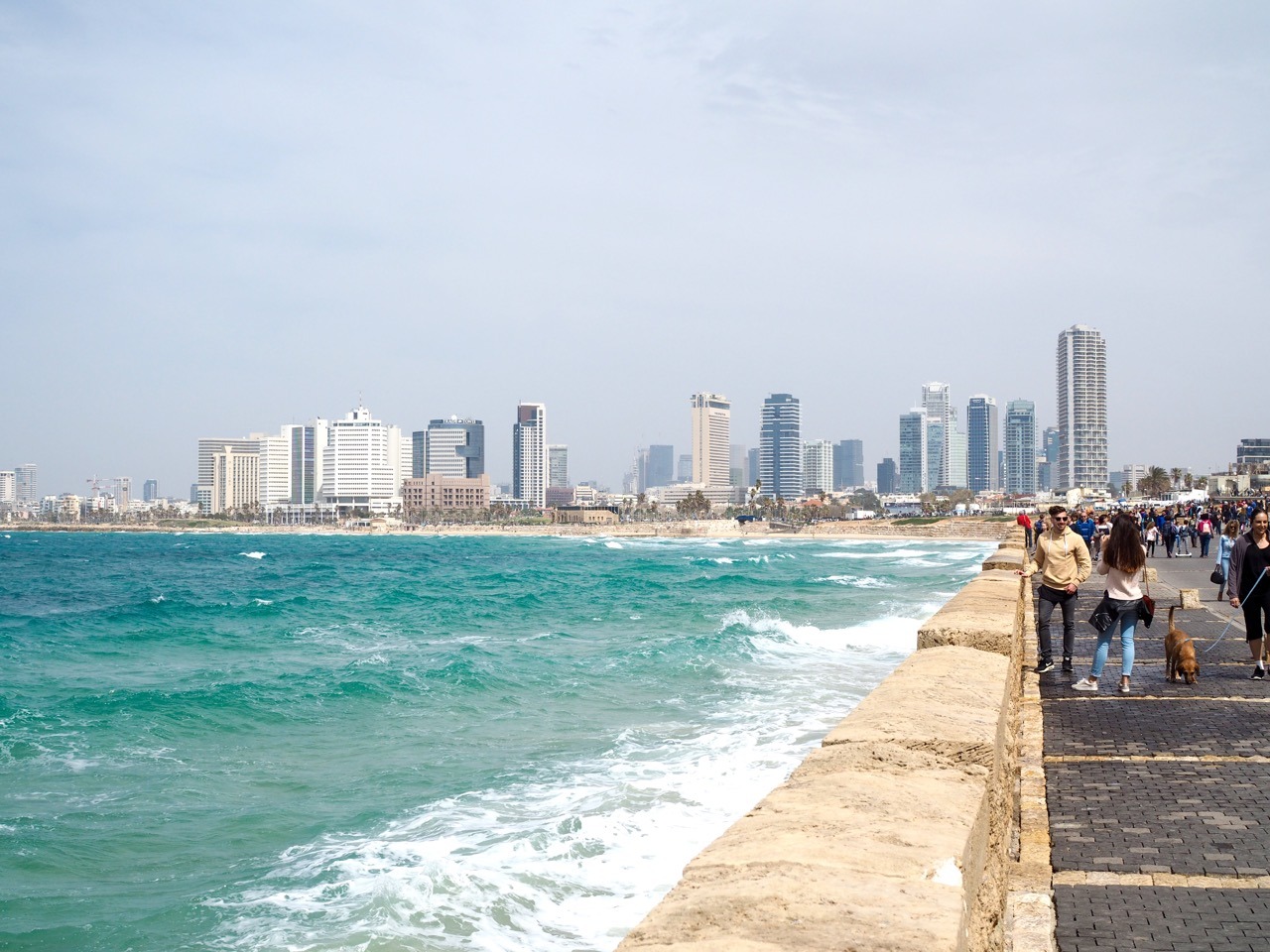
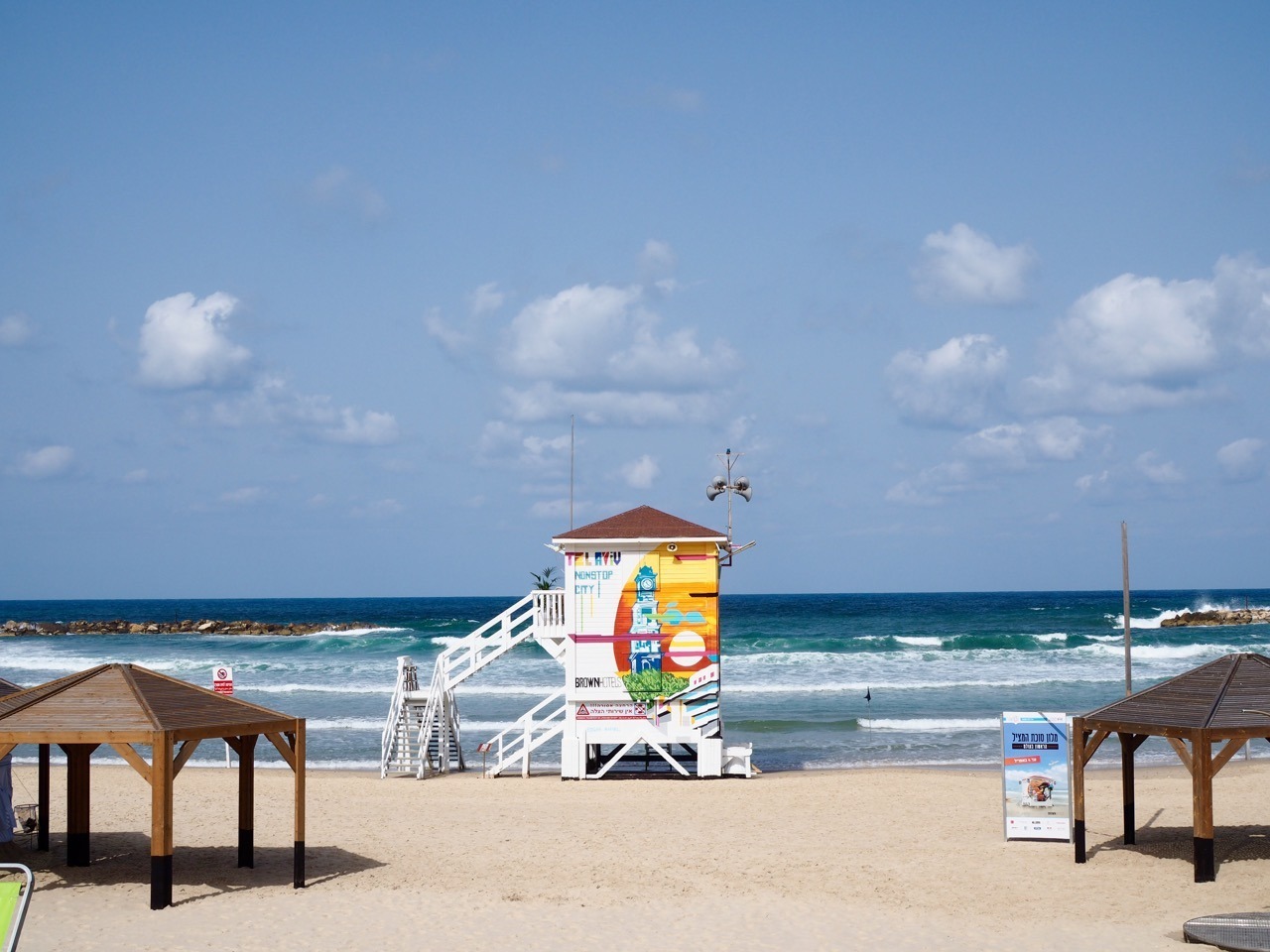
Tel Aviv
Although Jerusalem obviously cannot be missed for a multitude of reasons, I was mostly looking forward to visiting parts of Israel that are not quite as intrinsically linked to religion. Tel Aviv was the first stop in that regard and it couldn’t have been more eye-opening. With its legendary nightlife, its hip coffee scene and its Mediterranean vibes, it almost felt that I had teleported to Barcelona at times.
The fundamentally epicurean Tel Aviv, with its unmistakably Mediterranean feel, has a buzzing energy from 2pm to 2 am and often acts as poster city for modern Israel. And I’ve got to admit that the result is really quite seductive. the history of old town Jaffa, one of the most ancient ports of the eastern Mediterranean coast, is absolutely fascinating and perfectly embodies the mix of cultures Israel is so notorious for. Occidental and Oriental cultures have been gathering and interacting with each other for over three millennia around these parts. Other things that shouldn’t be missed:
I wasn’t able to stay in Tel Aviv too long but I got to admire the old town Jaffa, one of the most ancient ports of the eastern Mediterranean coast, which is absolutely fascinating and perfectly embodies the mix of cultures Israel is so notorious for. Occidental and Oriental cultures have been gathering and interacting with each other for over three millennia around these parts.
Other things that I did: Sarona market and the Bauhaus architectural ensemble, one of Tel Aviv’s artistic claims to fame. The former manufactures along the seaboard turned into hip boutique hotels and trendy restaurants, including chic rooftop drinks at the legendary Carlton Hotel. A nightlife-themed guided tour of Tel Aviv with stops at the Sputnik Bar or the surprising Allenby night market.
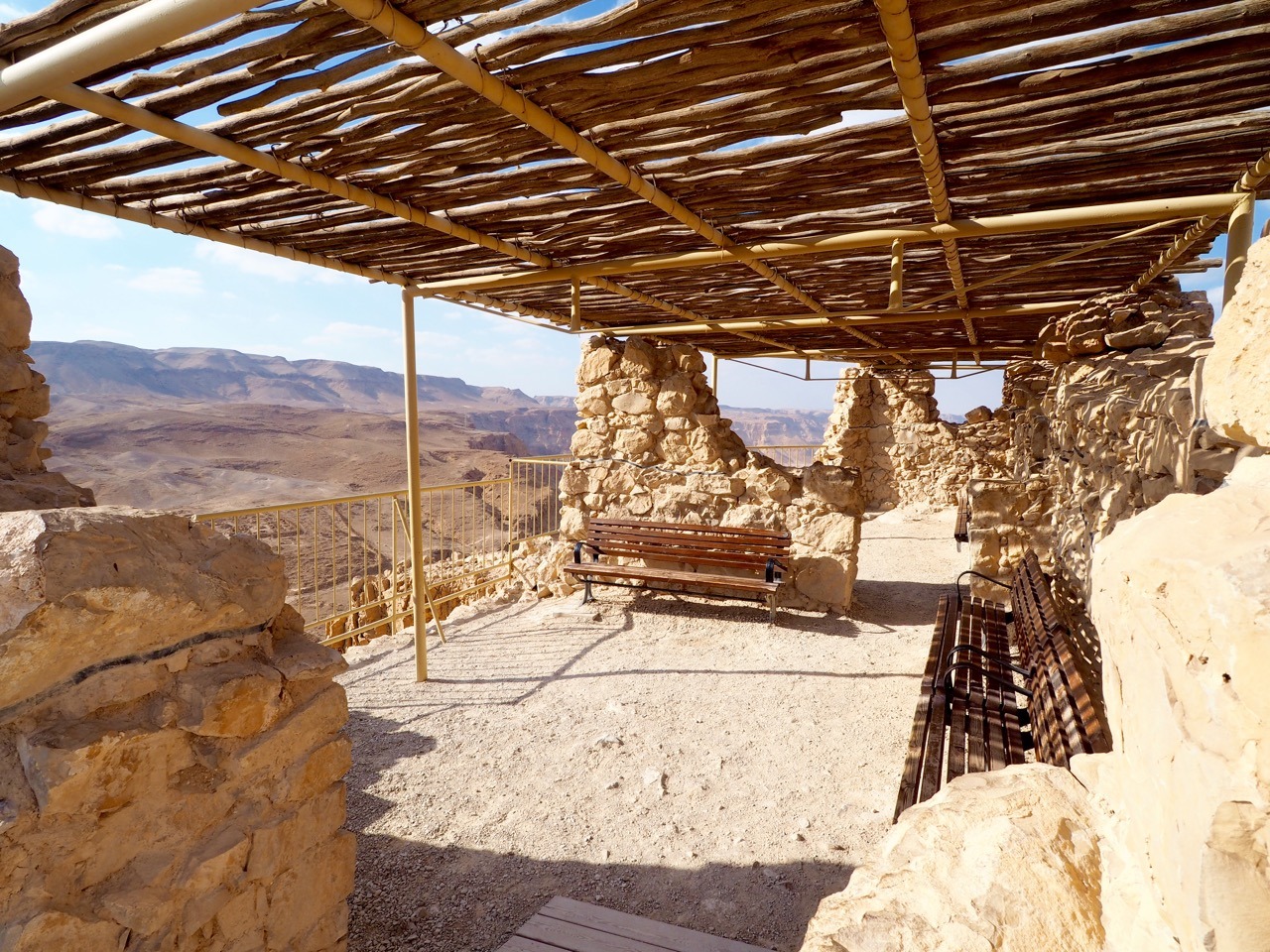 [left]
[left]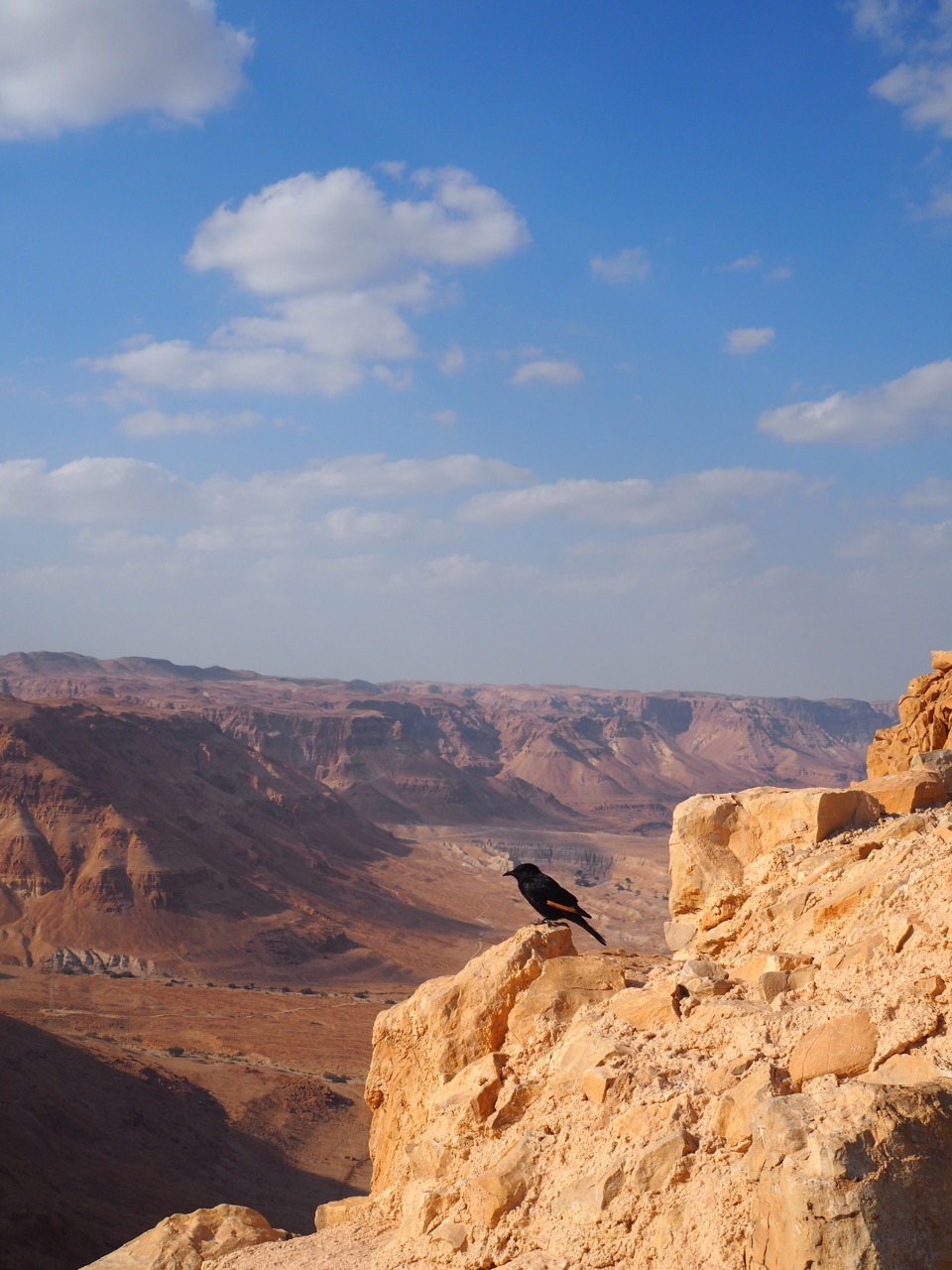 [/left][right]
[/left][right]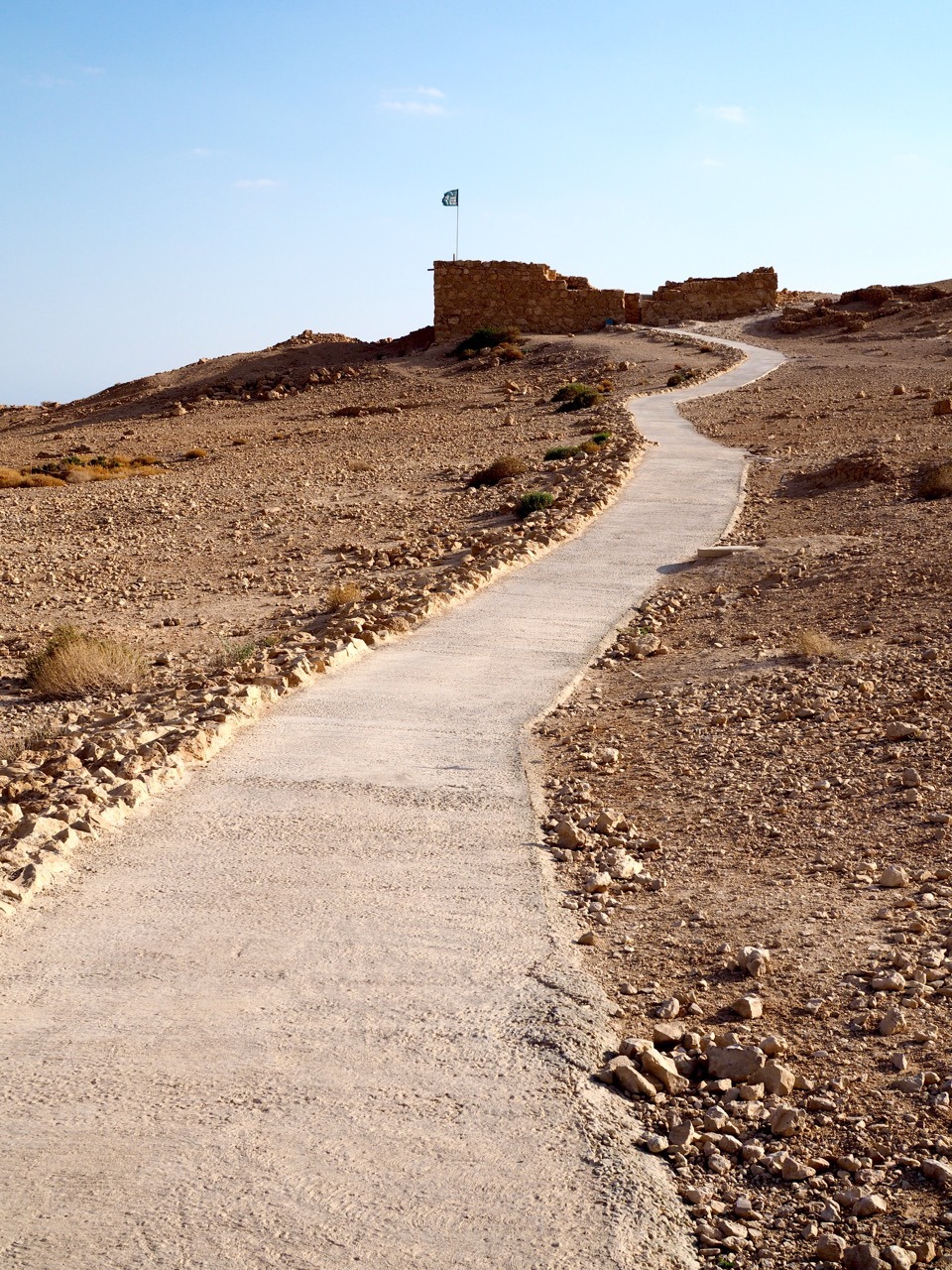 [/right]
[/right] 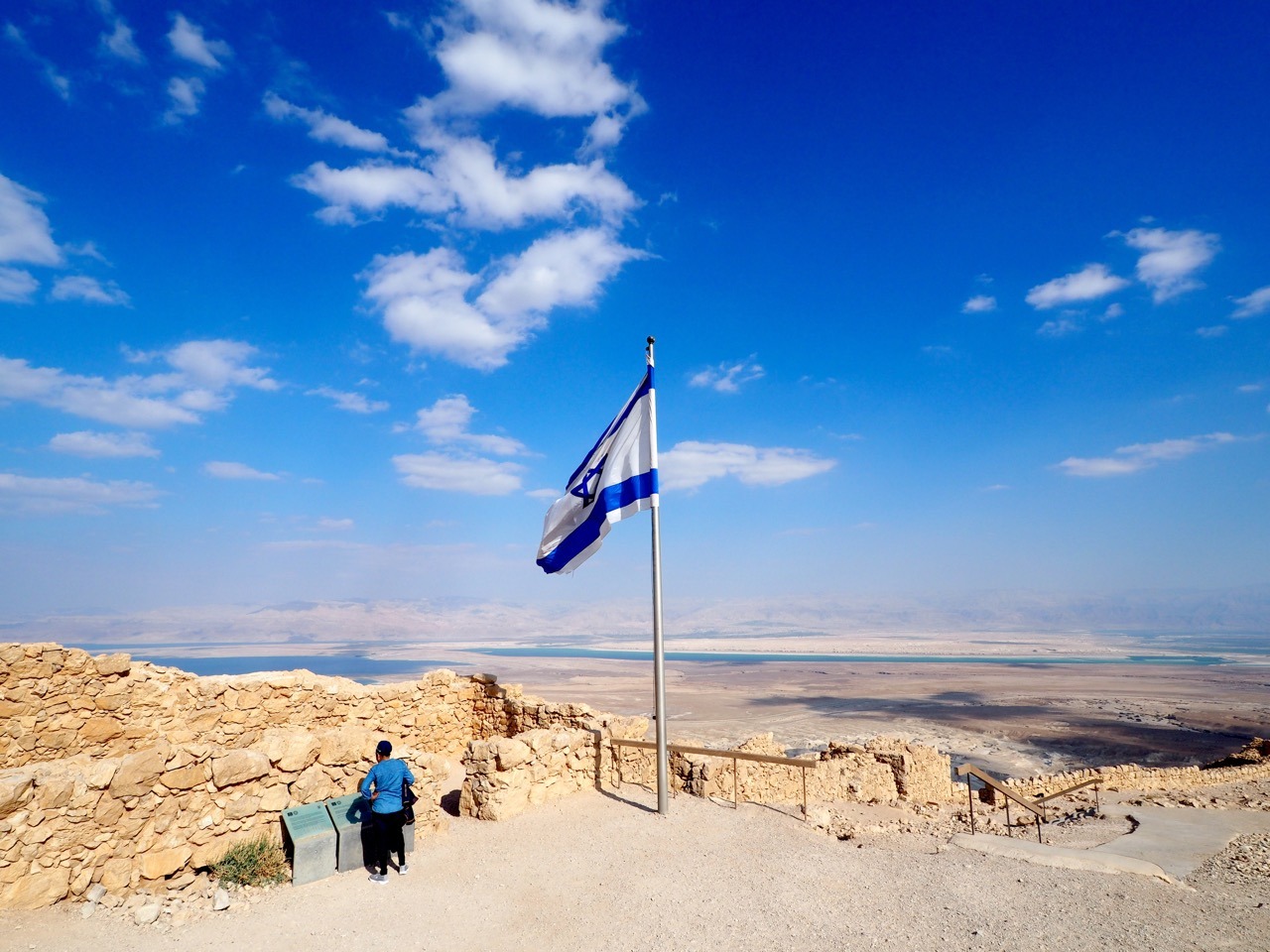
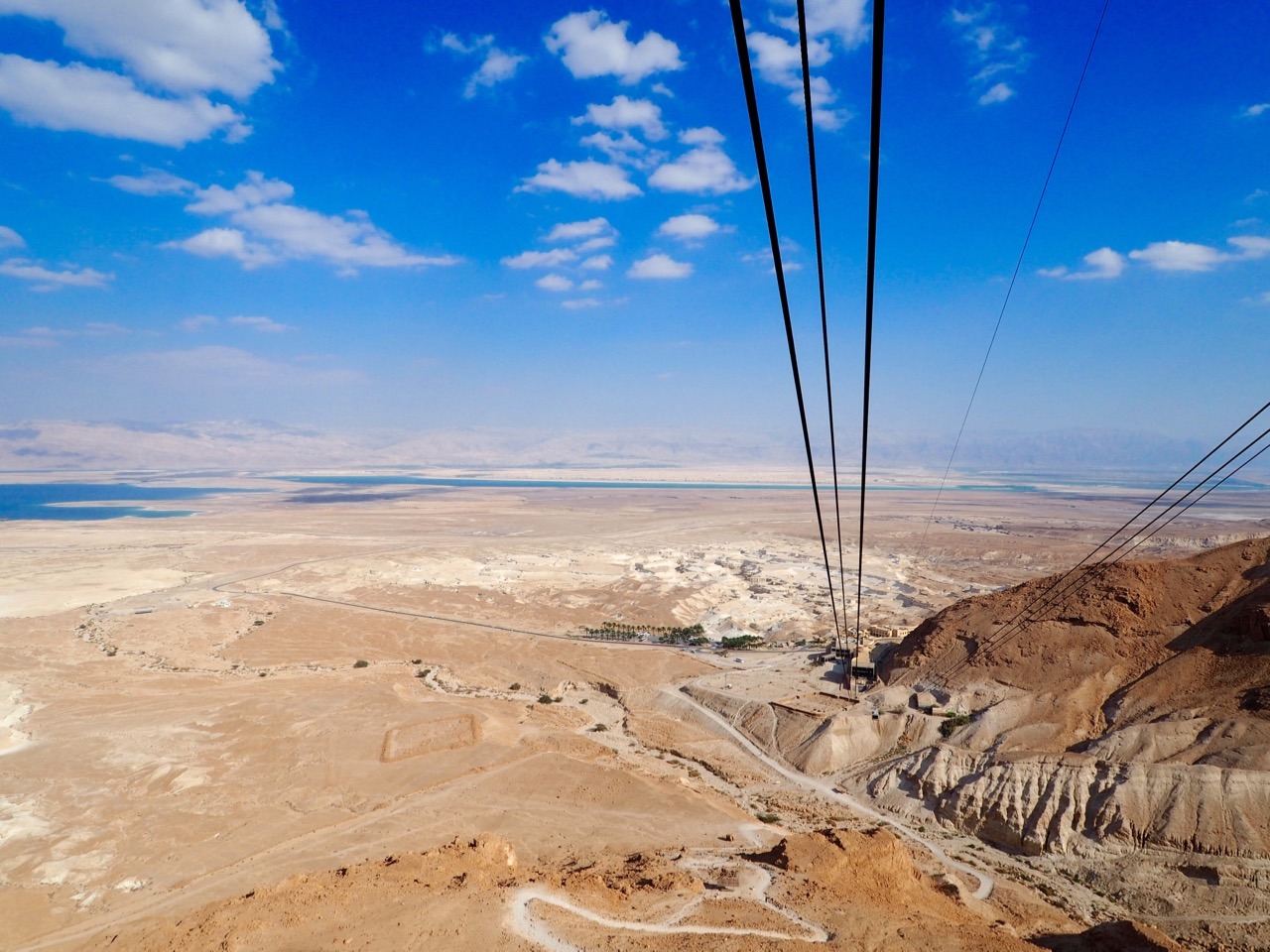
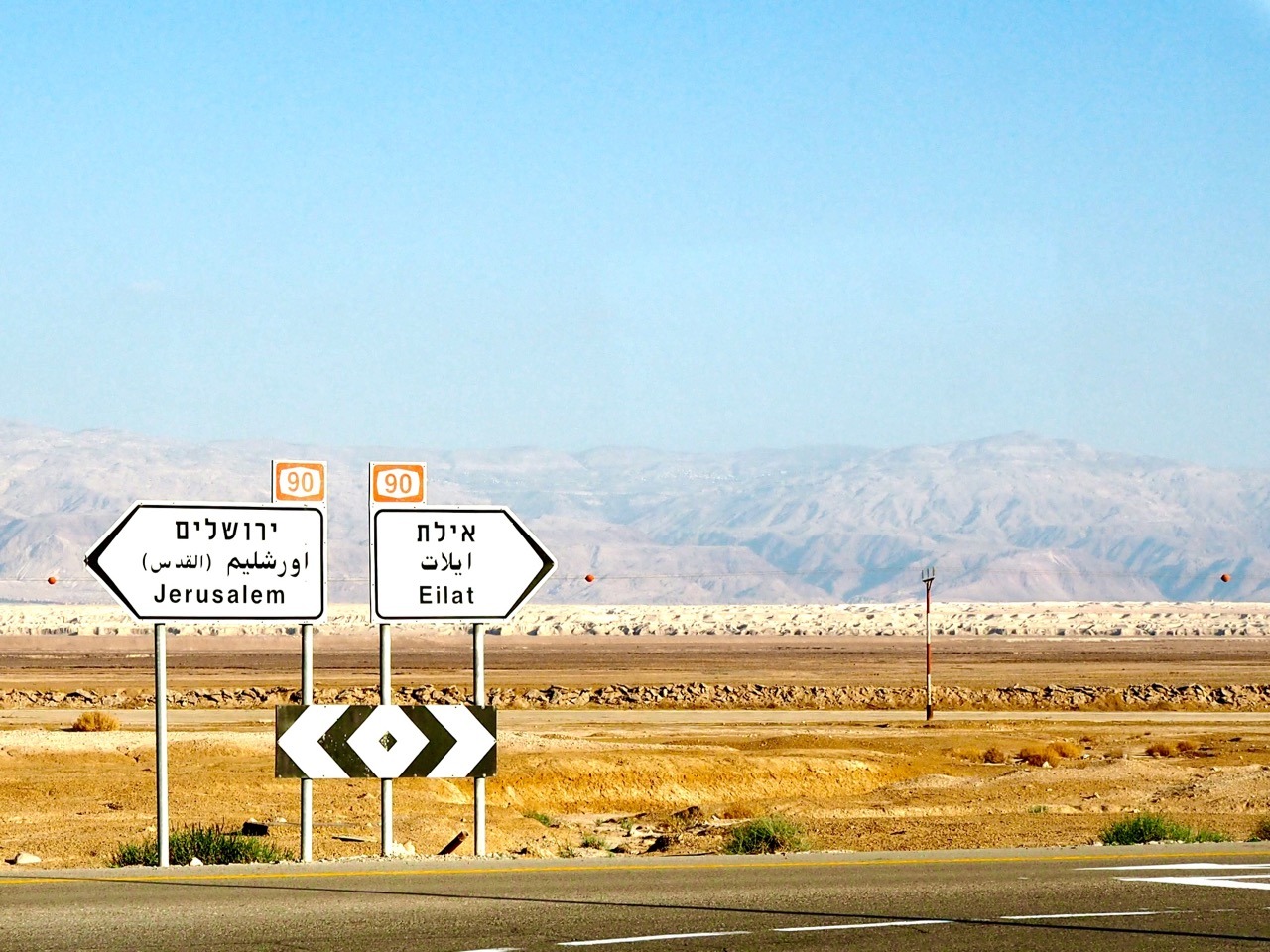
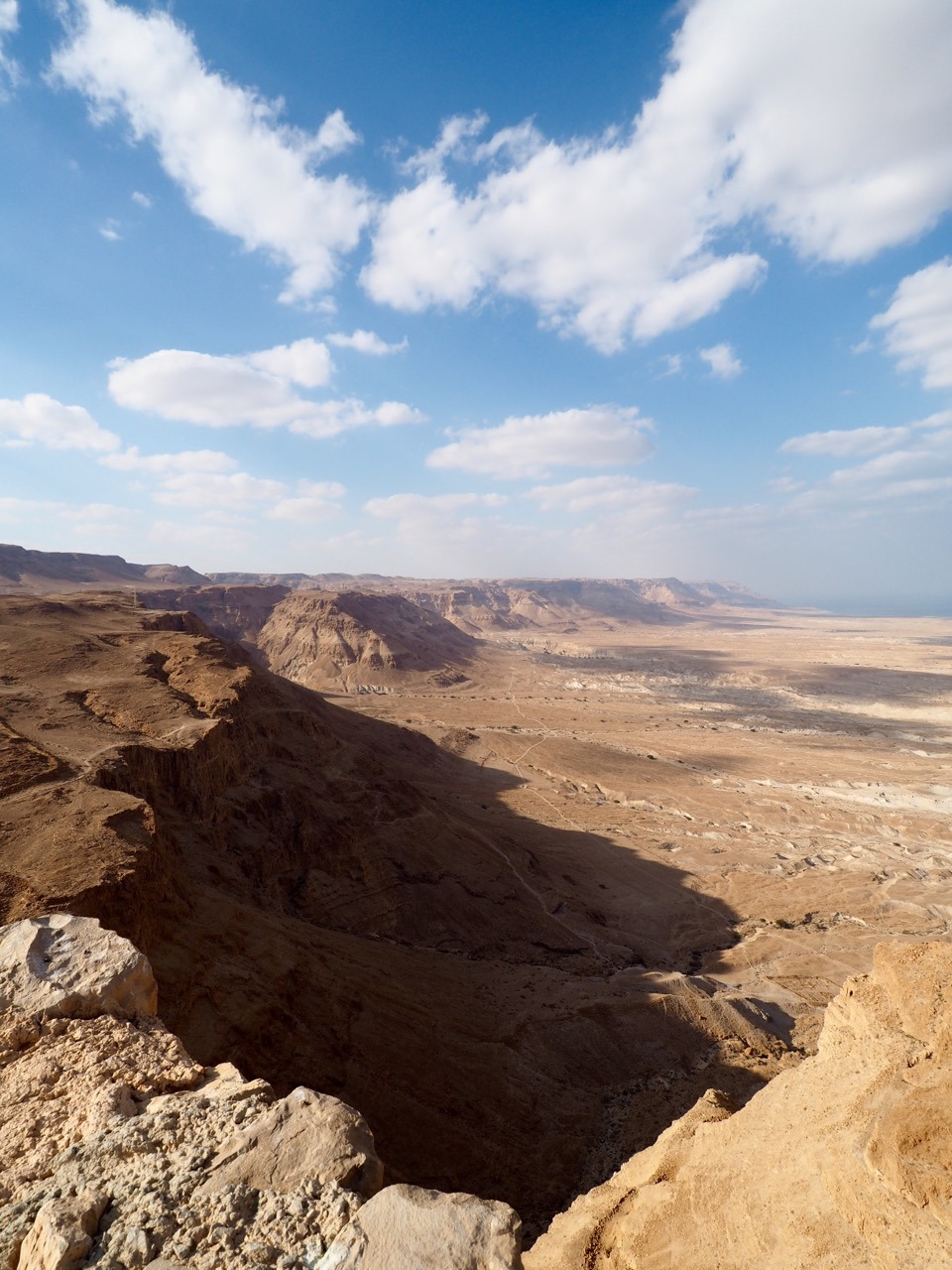
Masada
Undoubtedly one of the most astonishing, striking places I’ve ever set foot in. After a dizzying yet mesmerising aerial tramway ride up the 1300-feet high mountain. The rugged natural fortress, and a UNESCO World Heritage Site, sits atop an isolated rock plateau on the eastern edge of the Judaean Desert and was built by Herold the Great himself all the way back in 37 BC. It’s often considered to be a prominent symbol of the ancient kingdom of Israel. The palace complex is a feat of engineering; in fact, “The camps, fortifications and attack ramp that encircle the monument constitute the most complete Roman siege works surviving to the present day.”
Masada is definitely something you can’t skip on your Israel itinerary.
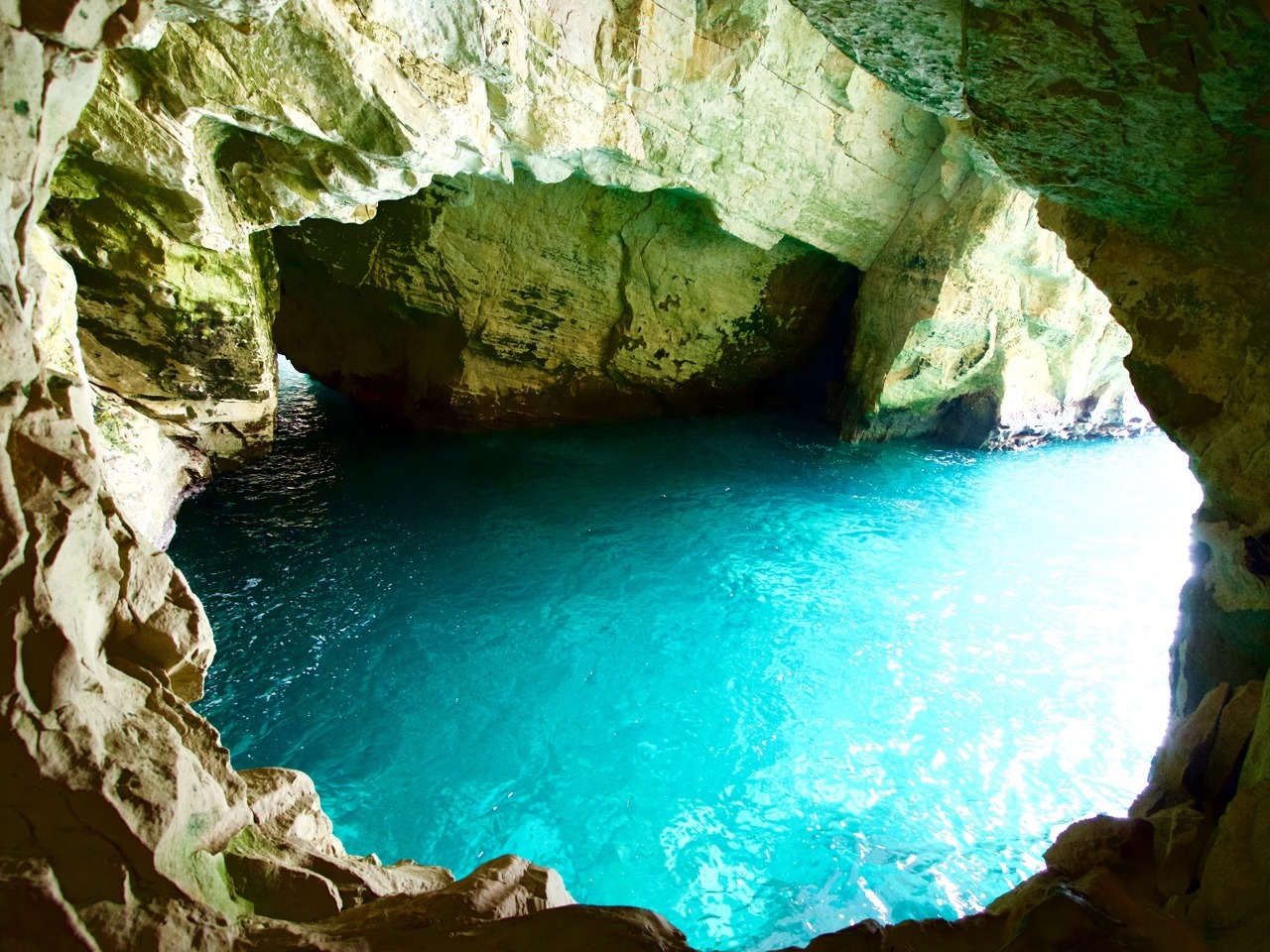
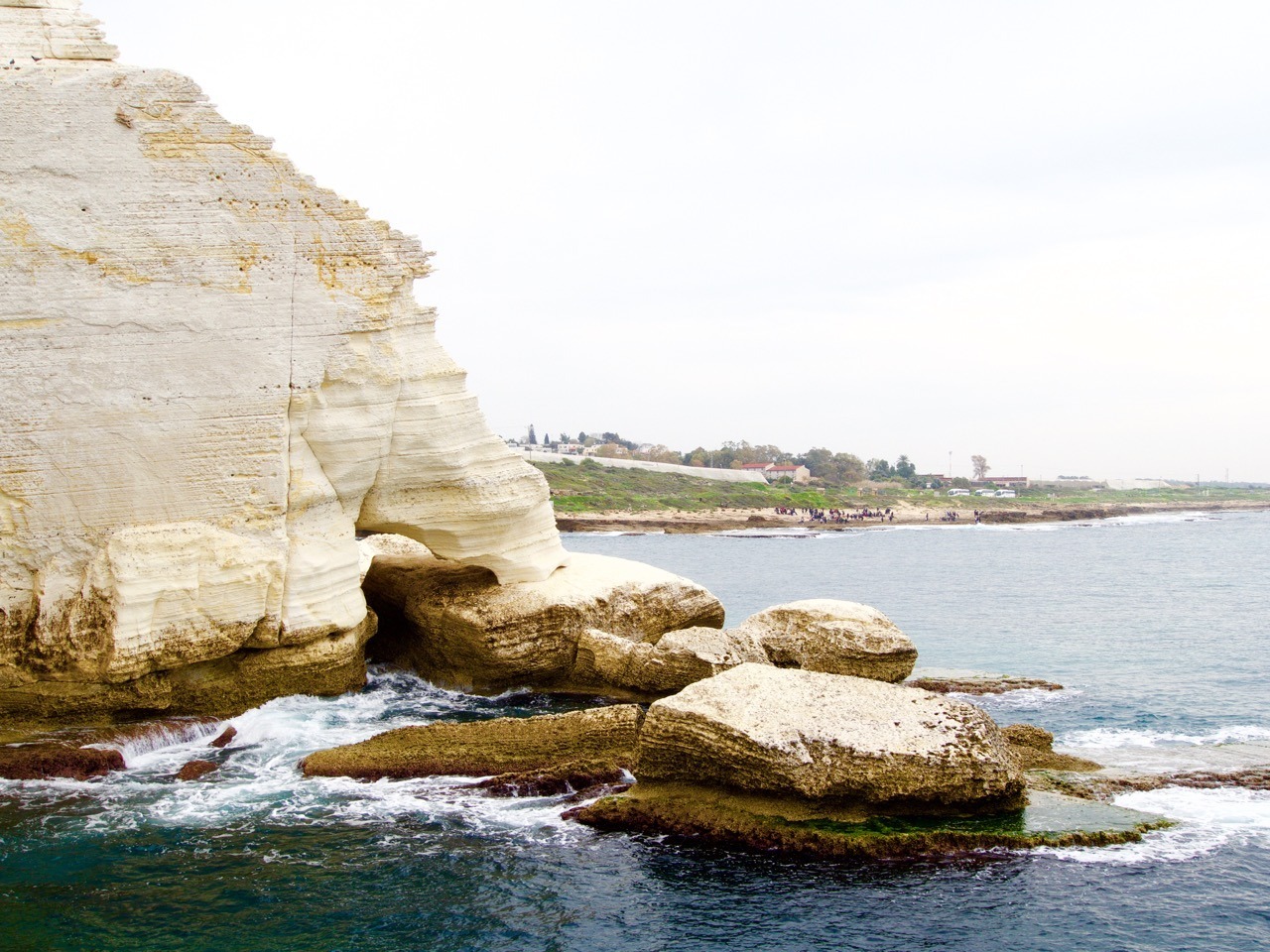

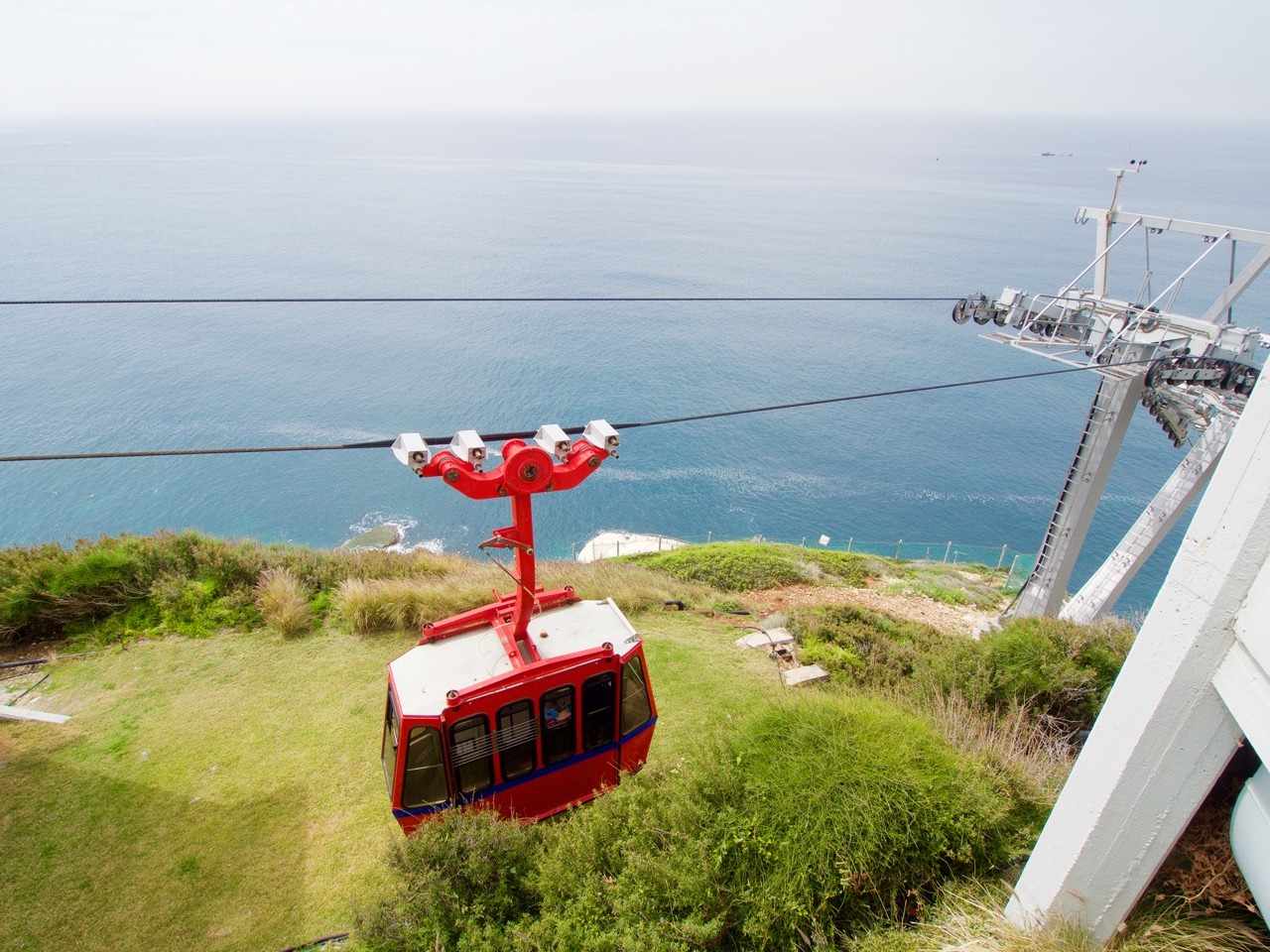
Rosh HaNikra grottoes
How would you feel about visiting a nature-made network of grottoes right at the northeastern tip of the Mediterranean Sea? Pretty psyched, I bet. The remarkable geological formation was formed by centuries upon centuries of relentless erosion on the soft chalk cliffs of the Israeli coastline and created an intricate ensemble of caverns, grottoes and tunnels which visitors can now freely roam in. It’s quite an experience, too, with the sound of raging waves crashing powerfully against the porous grotto walls.
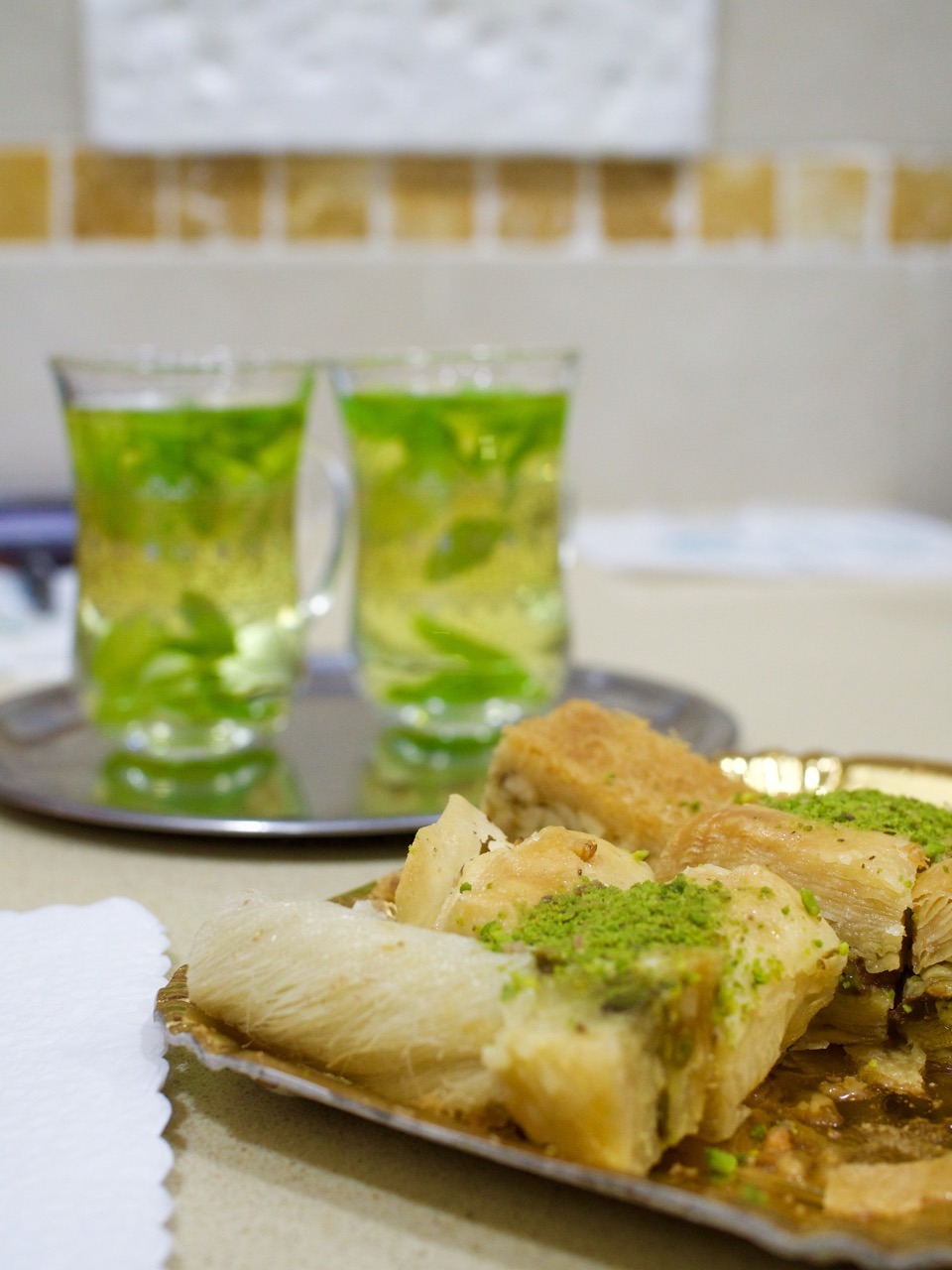 [left]
[left]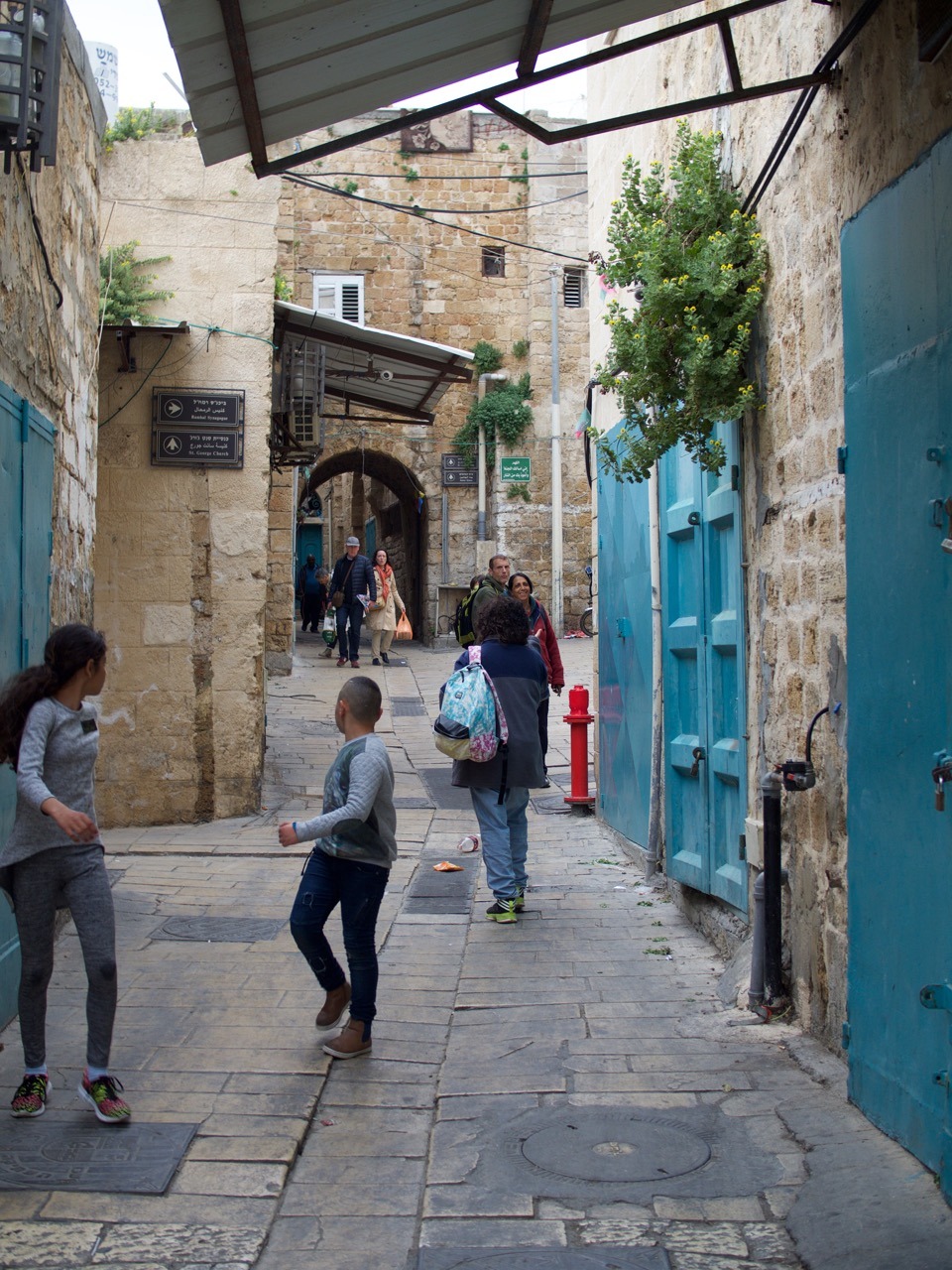 [/left][right]
[/left][right]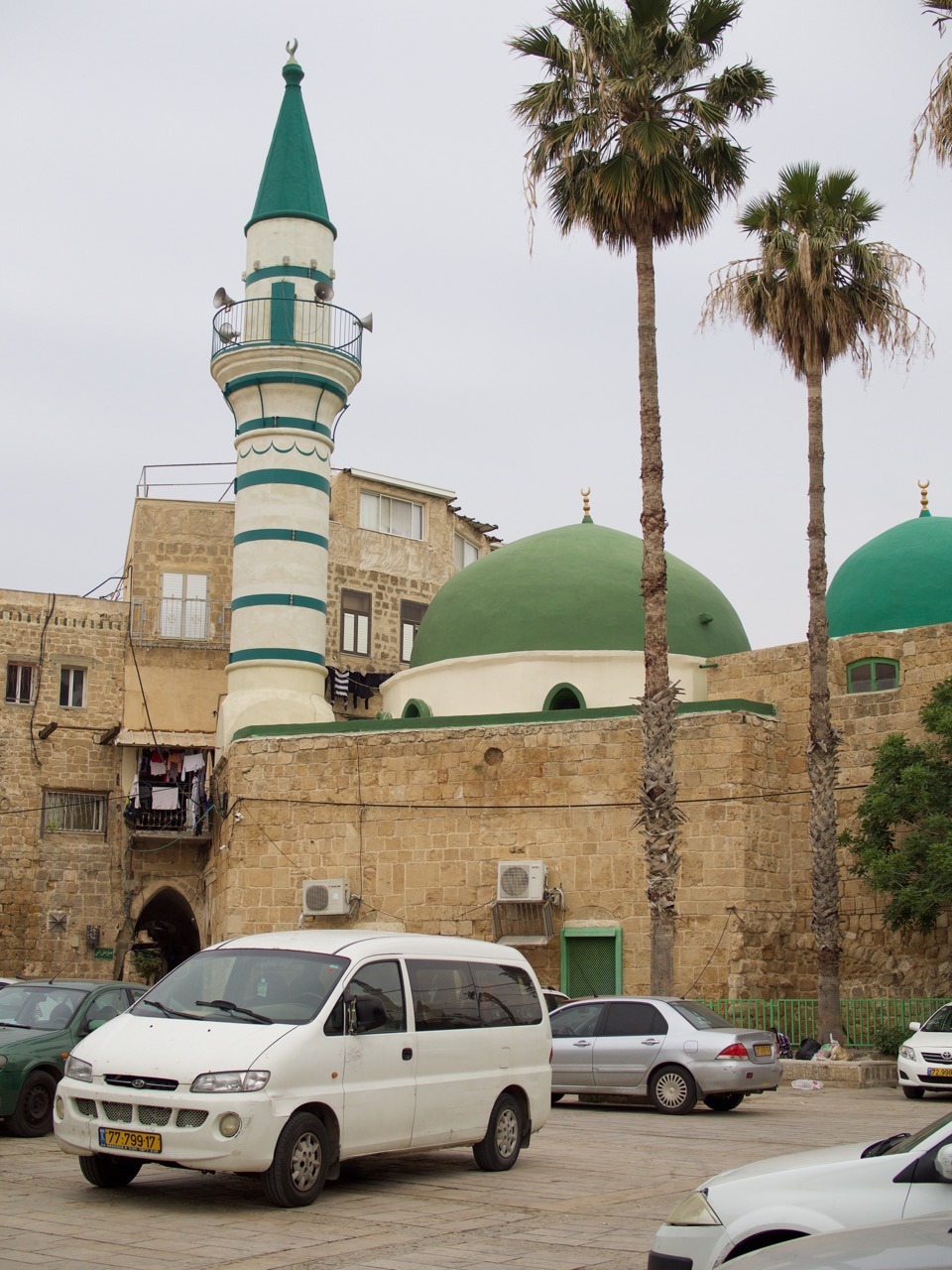 [/right]
[/right]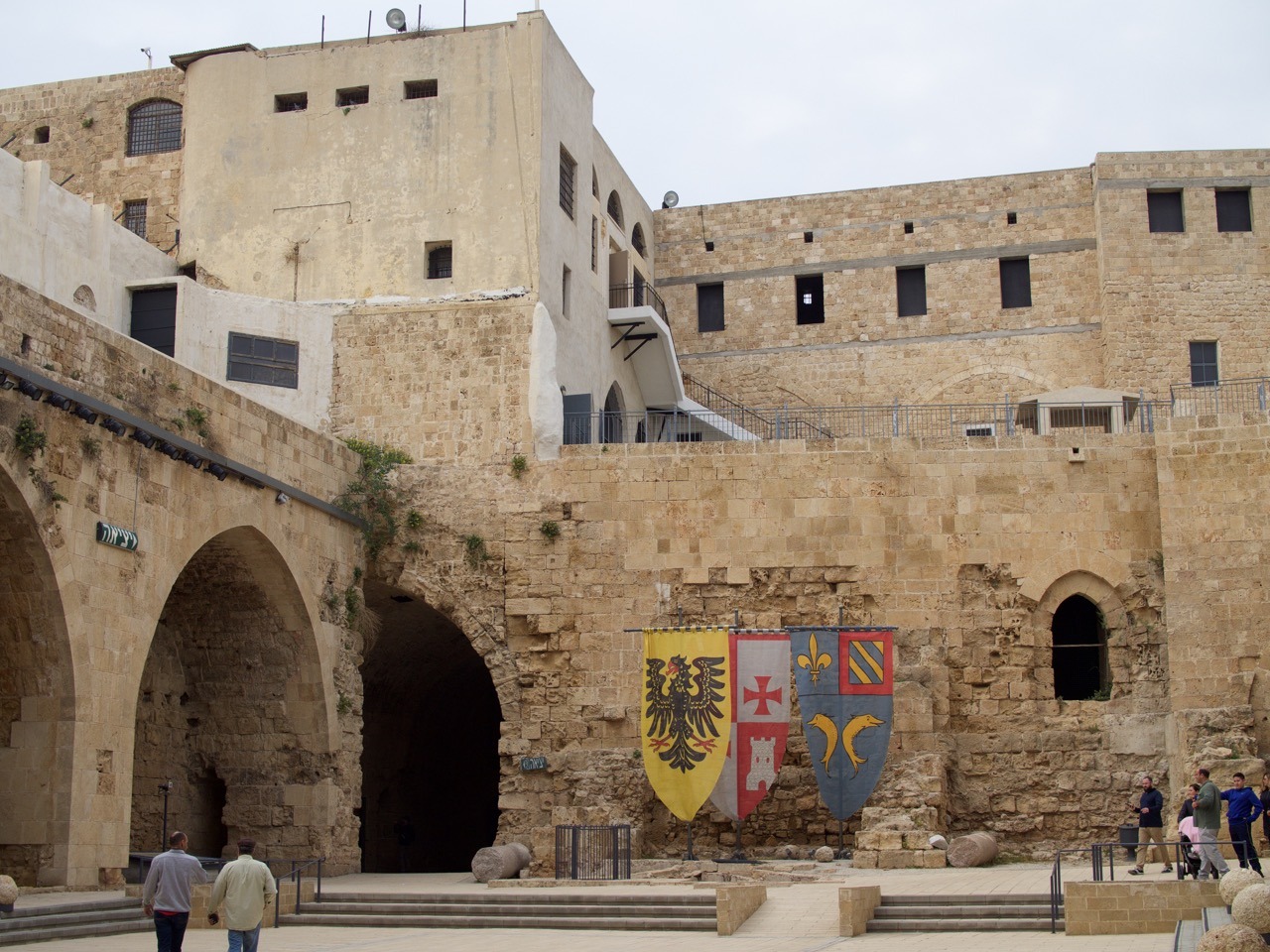 [left]
[left]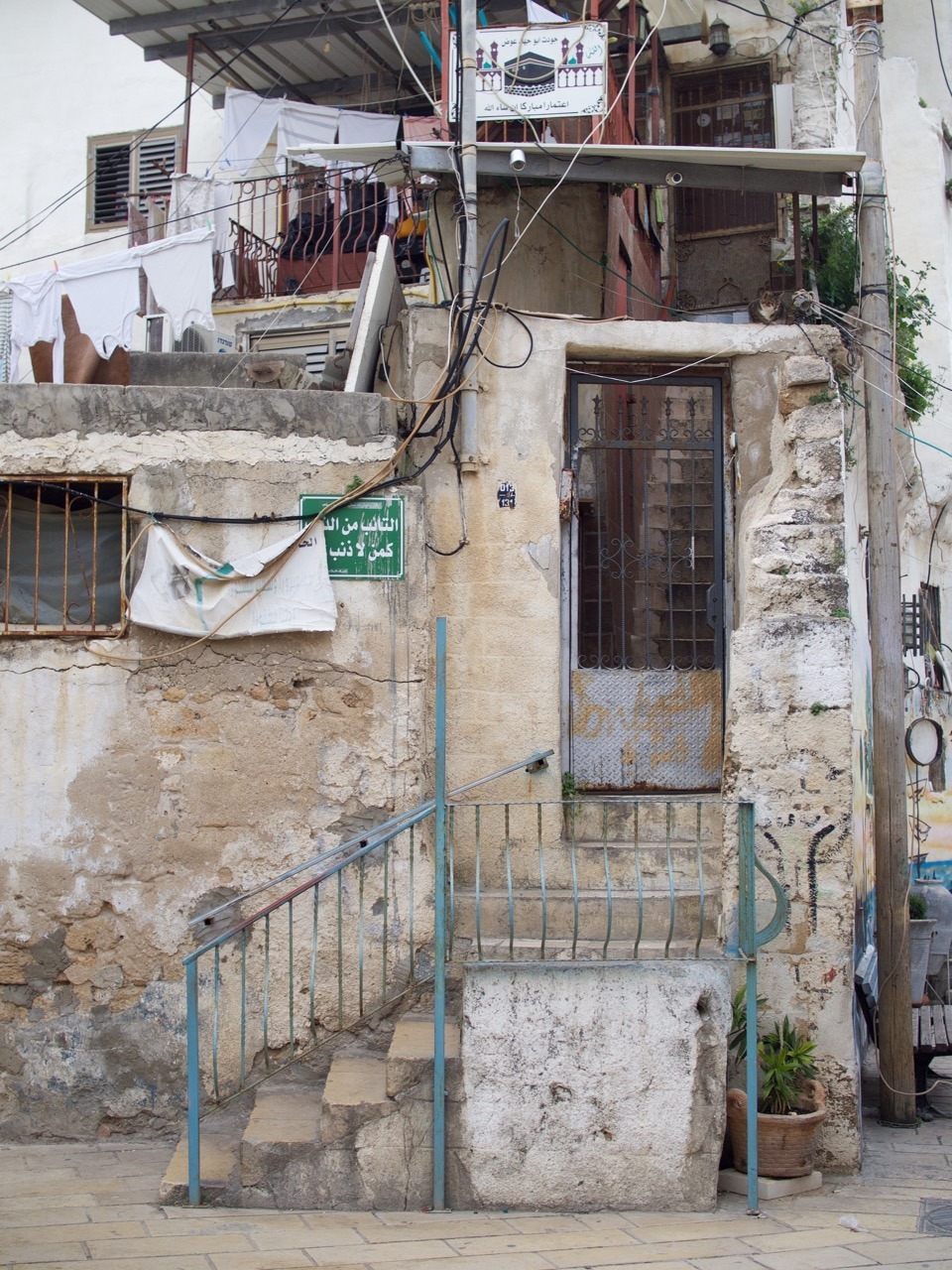 [/left][right]
[/left][right] [/right]
[/right] 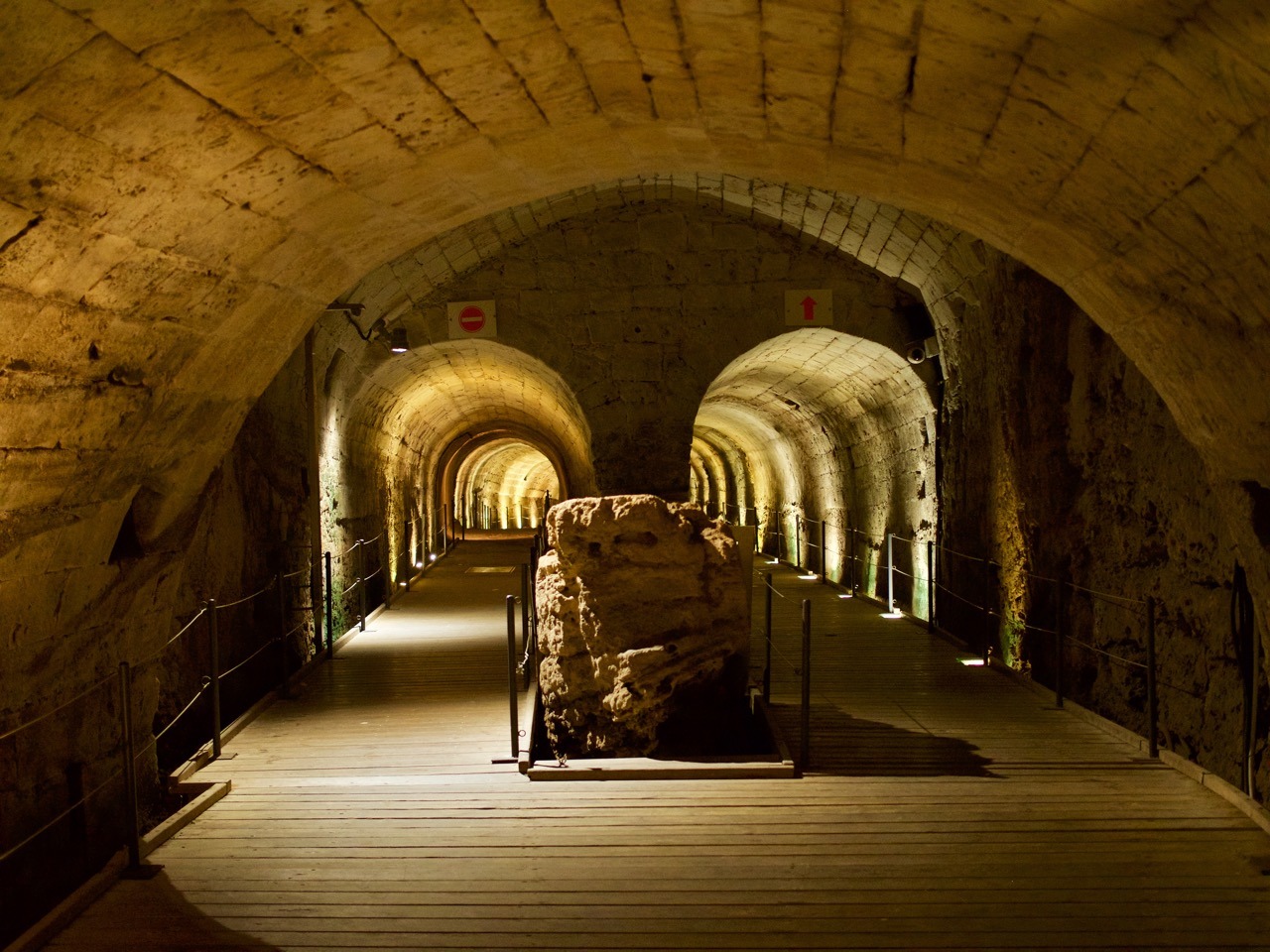
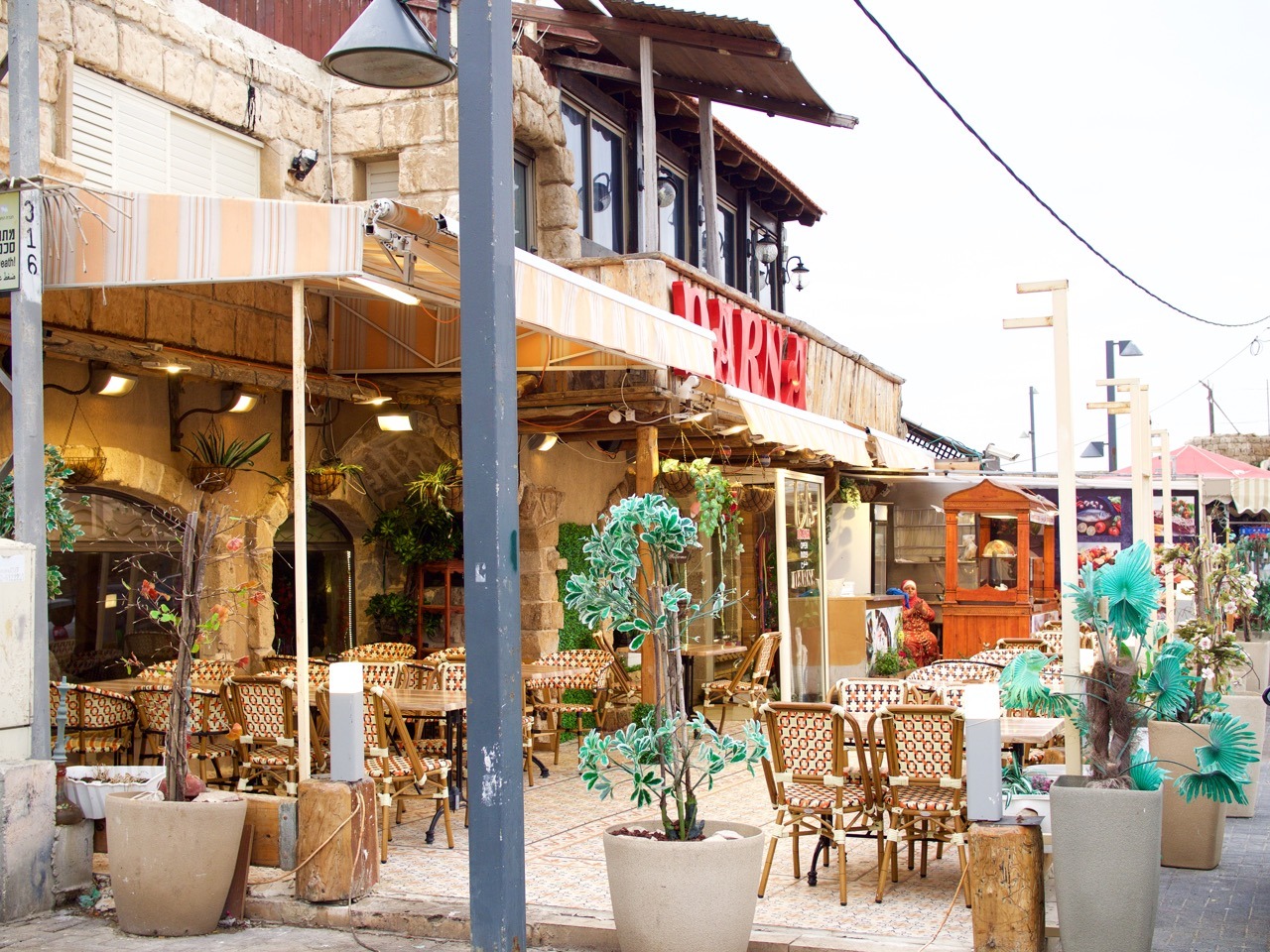
Acre
The historic fortified city, part of the UNESCO World Heritage, profits from the mindboggling heritage left by the multiple civilisations that succeeded one another over the course of two millennia, ever since Antiquity. Acre, as we see it today, dates from the Ottoman era with towering mosques and military citadel; but the veritable crown jewel of the old city is actually a colossal 900 years old back when the crusades made Acre a crucial administrative centre due to its strategic location. The monastic military order of the Knights Templars had massive structures erected all over town including a puzzling, 350-metres long tunnel connecting the citadel to the port.
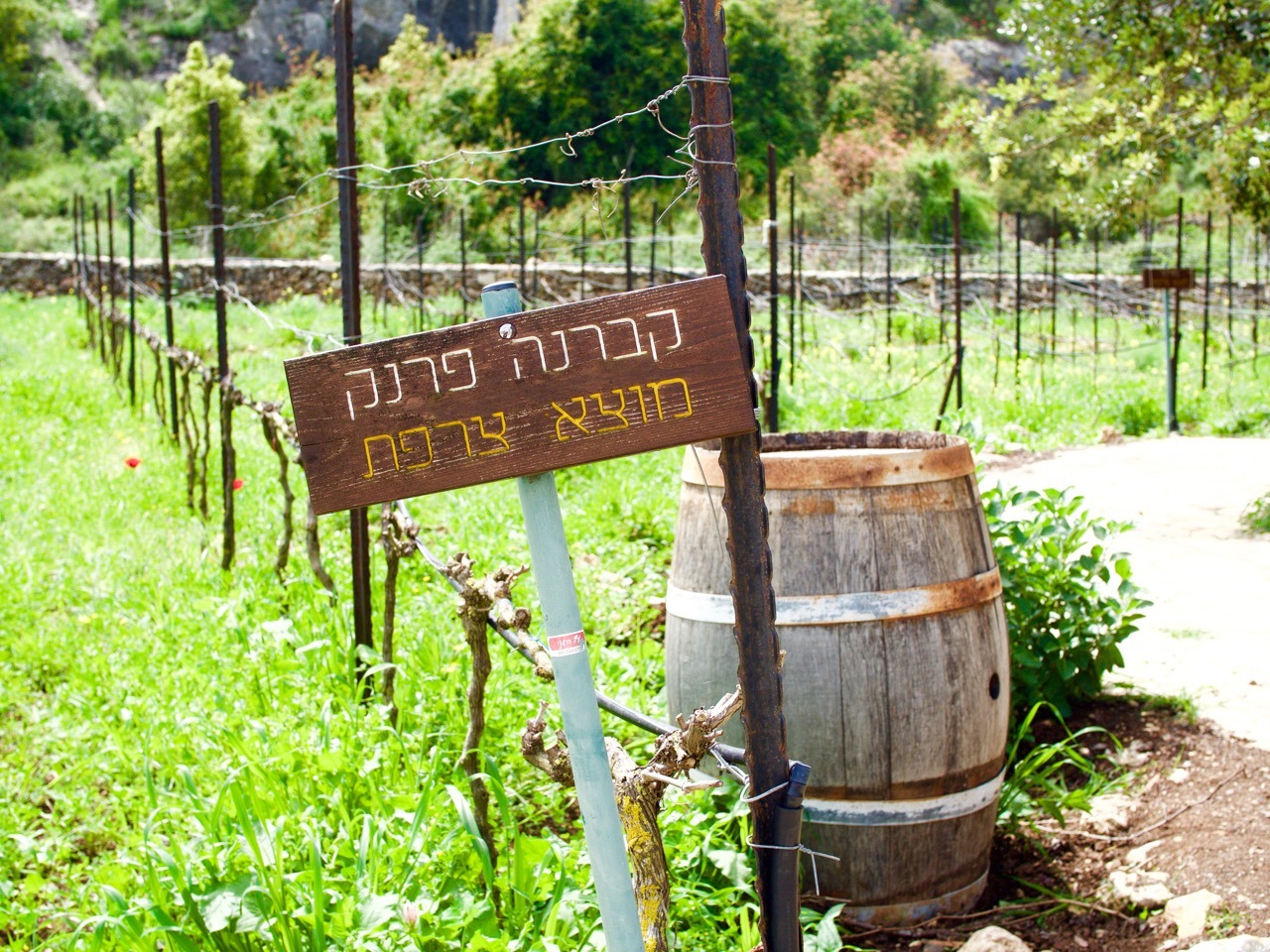
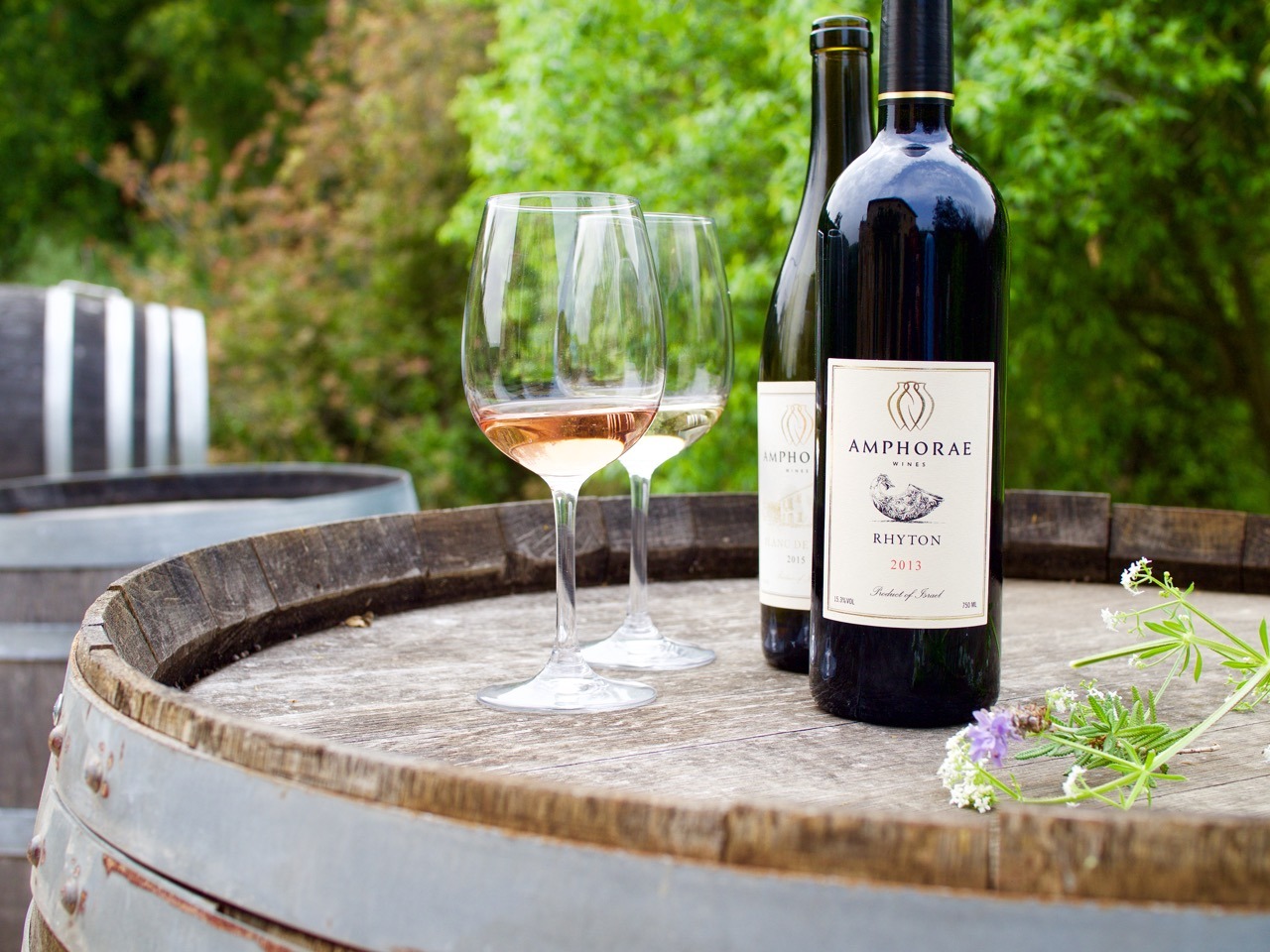 [left]
[left]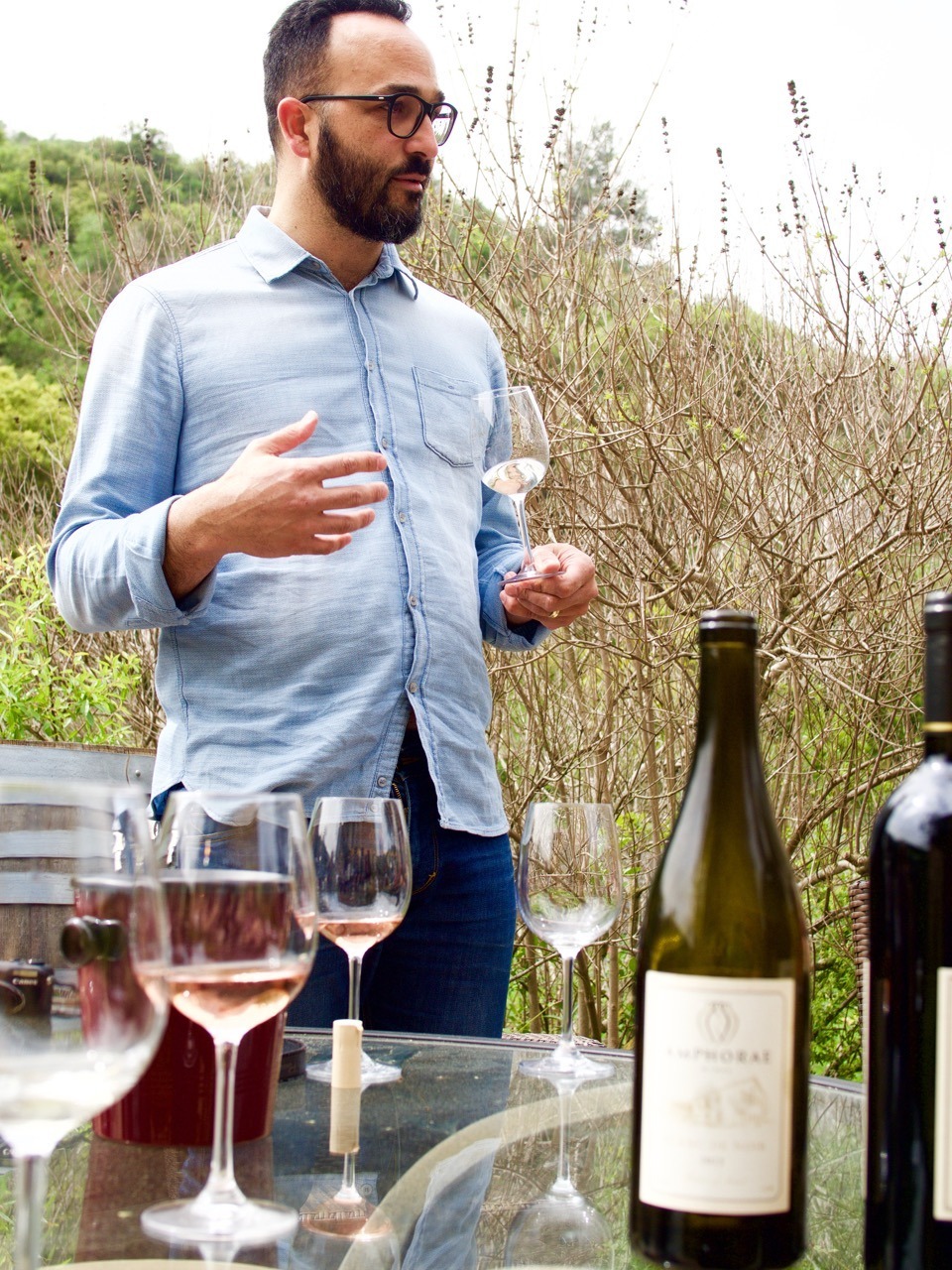 [/left][right]
[/left][right]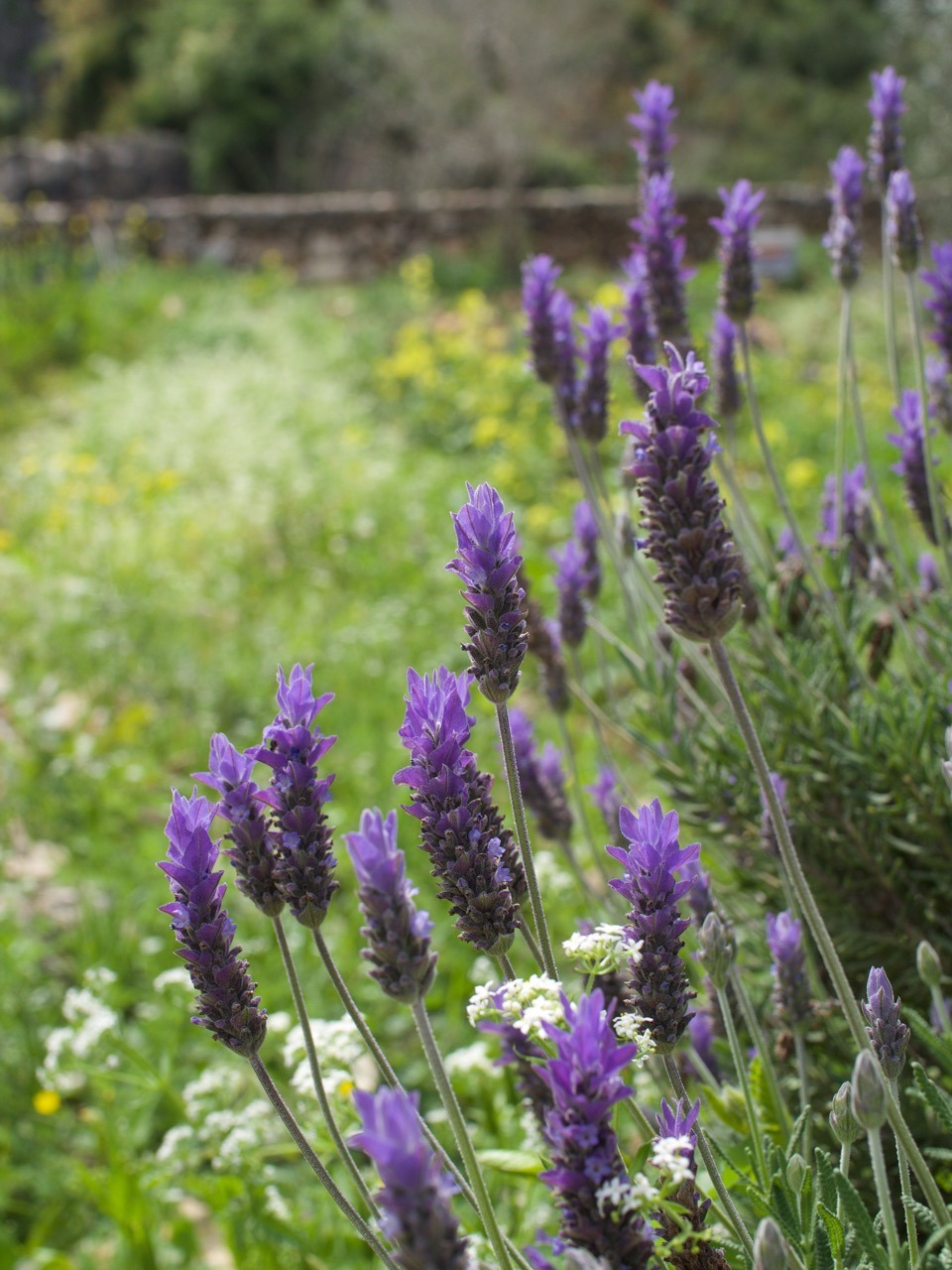 [/right]
[/right]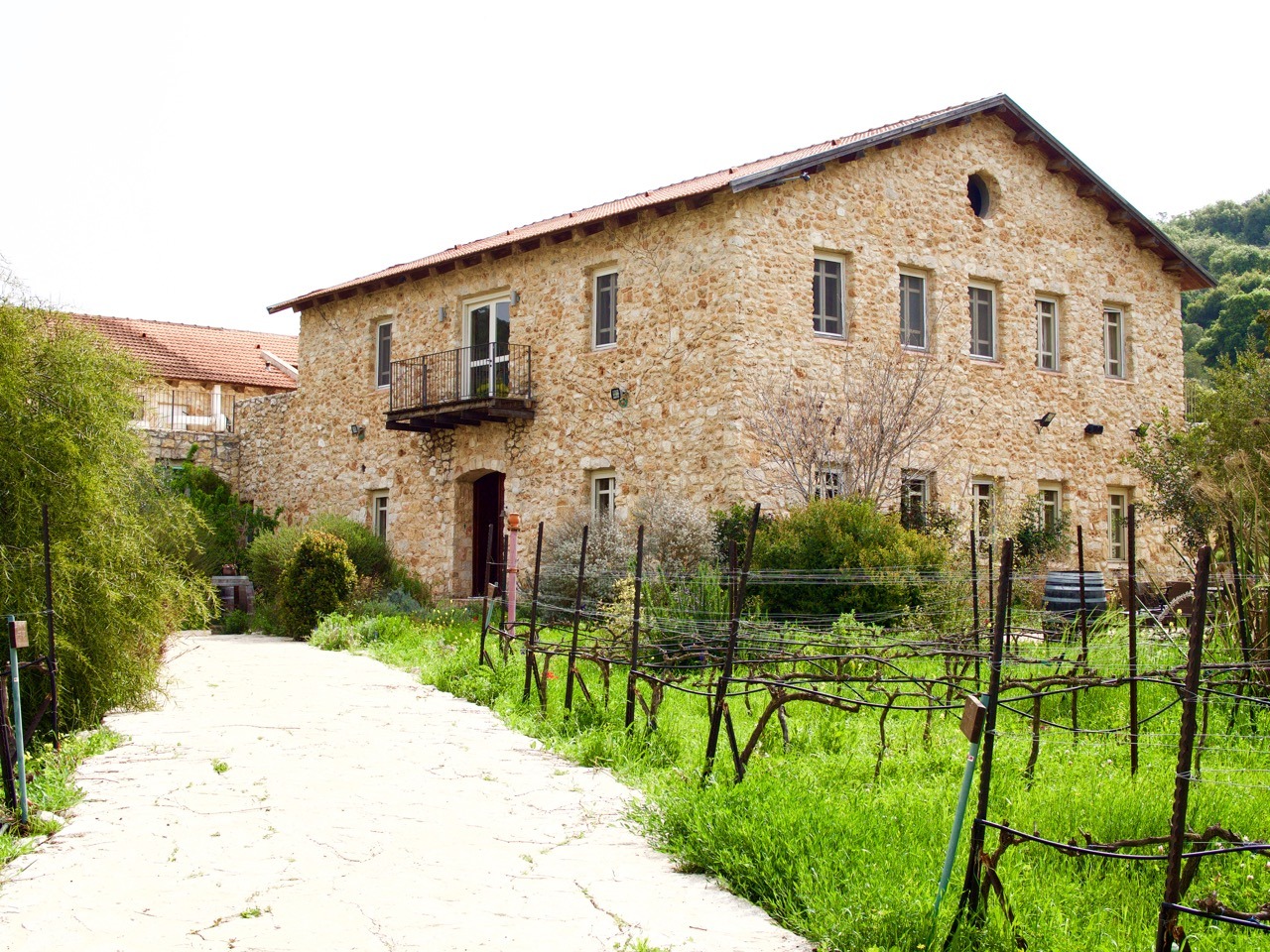
Galilee Wineries
The Western Galilee area of Israel is famous for its idyllic seaside villages but also for its splendid and surprising wines. The fertile, mountainous region in northwestern Israel are home to almost Tuscanesque-looking wineries where wine is not just a hobby, it’s a way of life. Amphorae Winery’s blanc de blanc is absolutely worth the detour, however long.
Disclaimer: I travelled to Israel on the wings of Transat, which is starting a direct route to Tel Aviv in June. All opinions are my own.
[wpgmza id=”267″]

